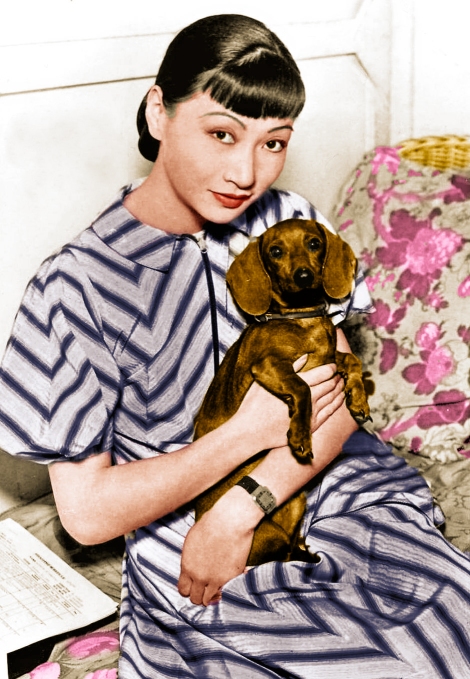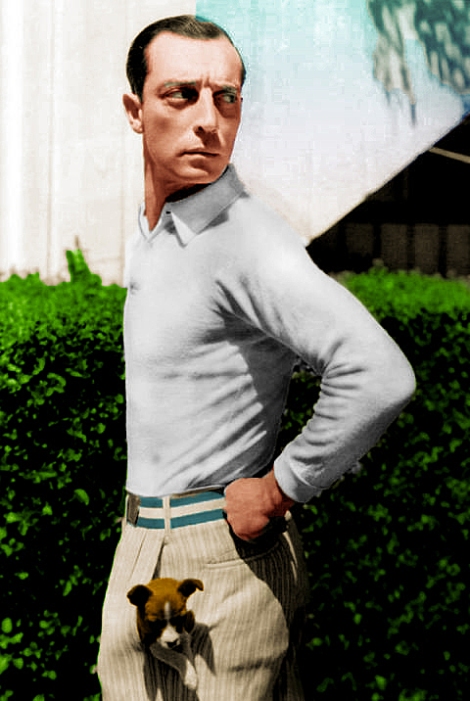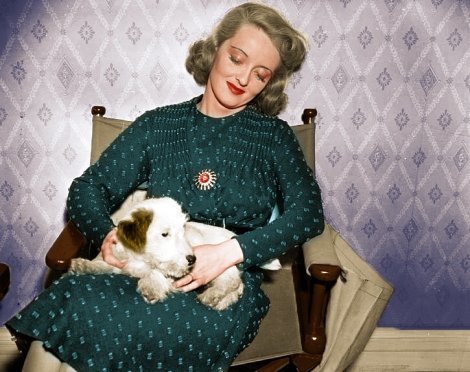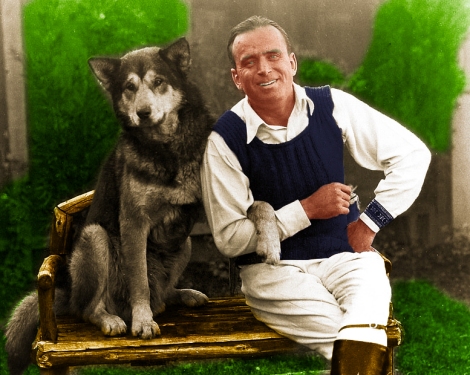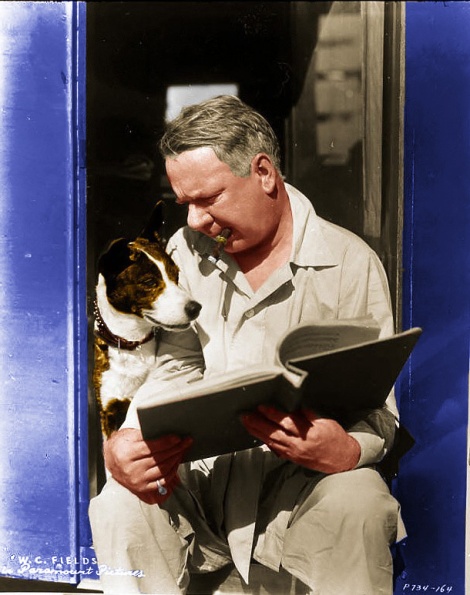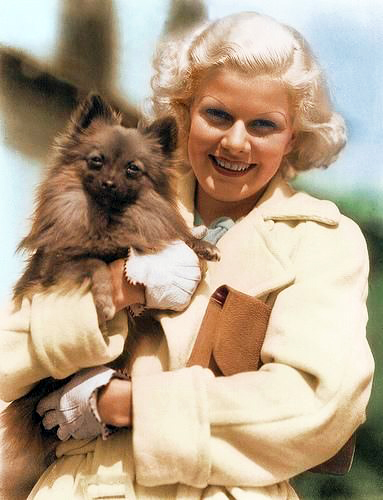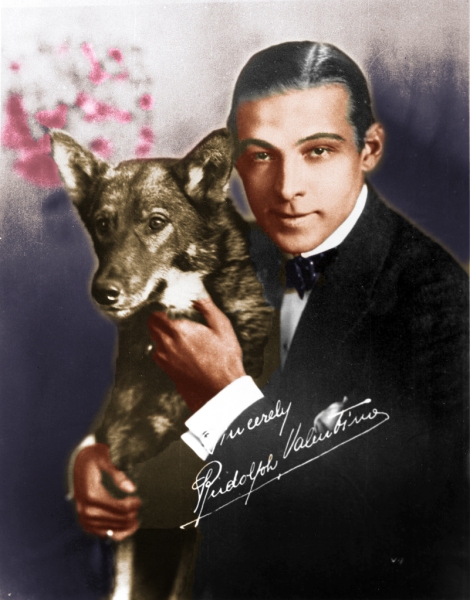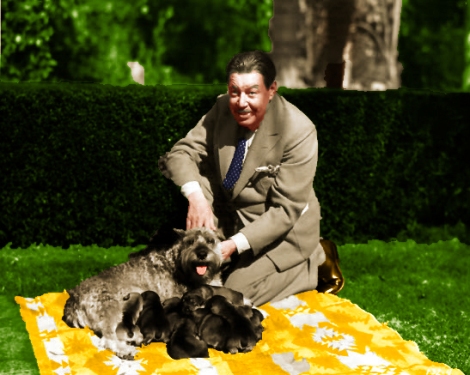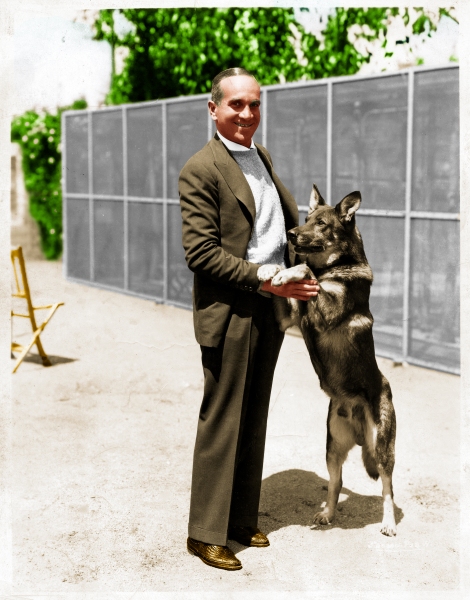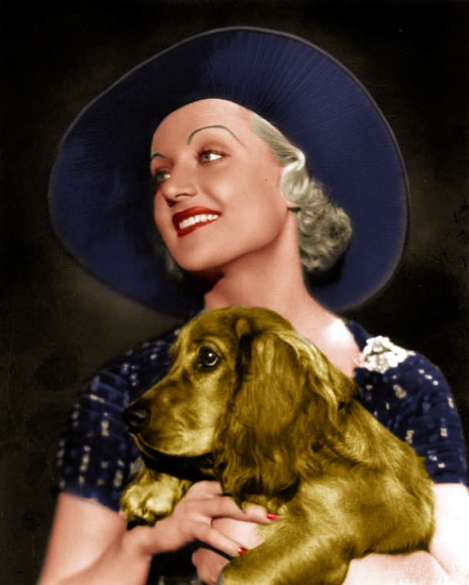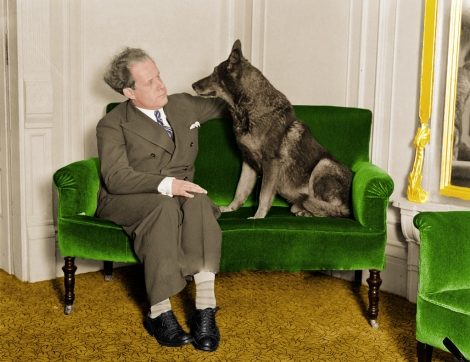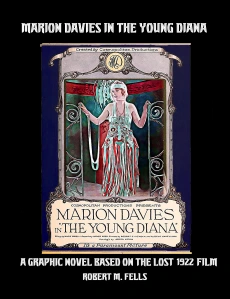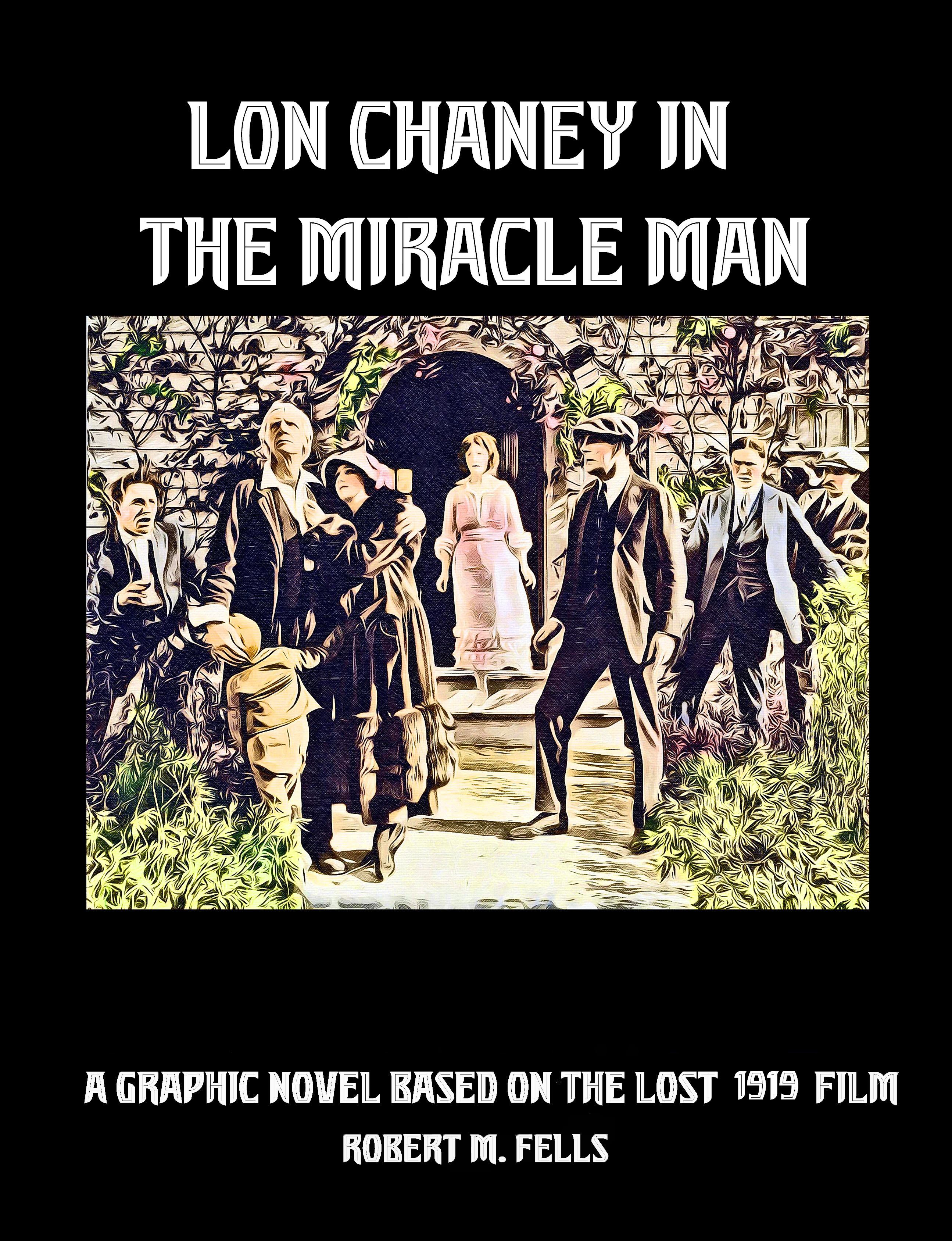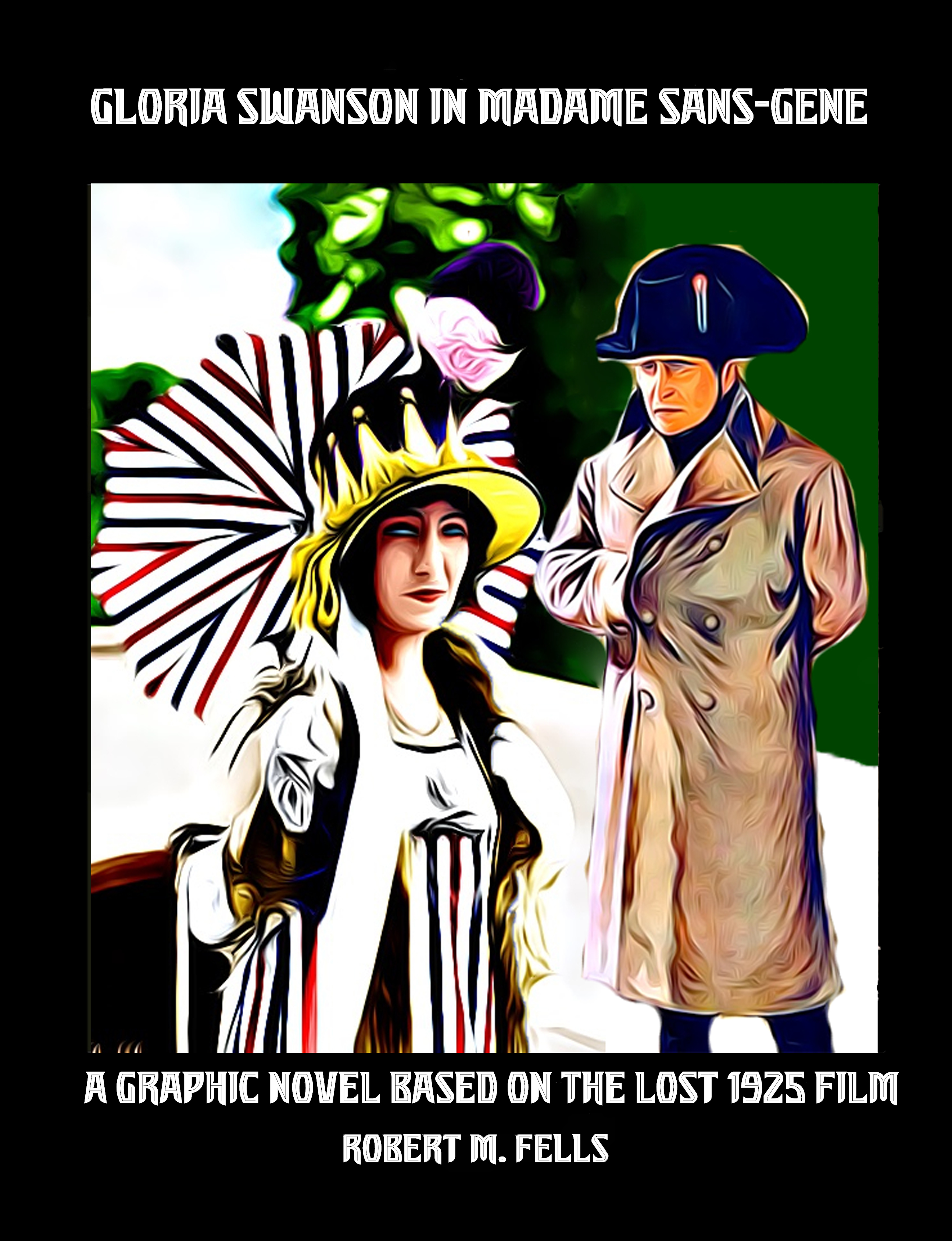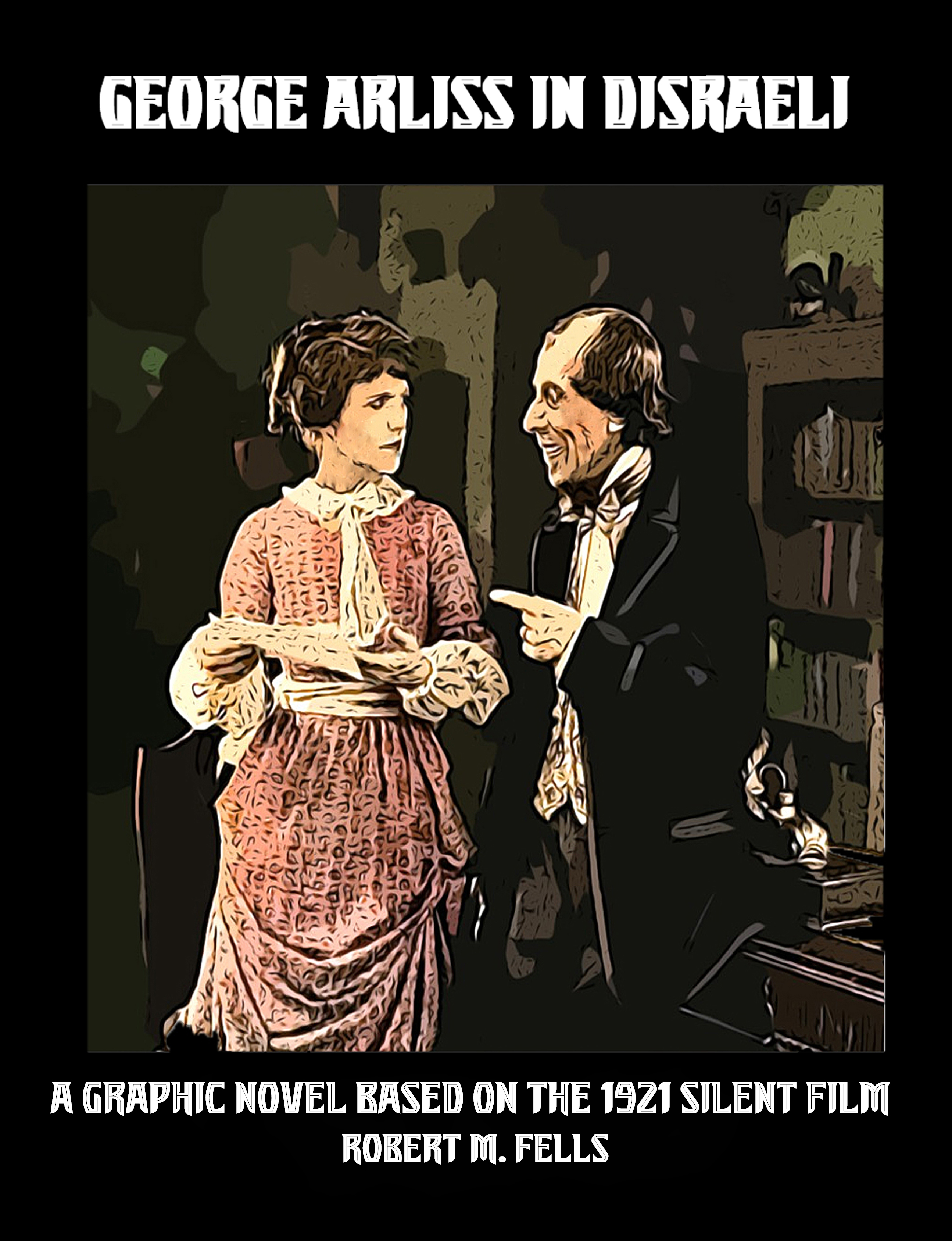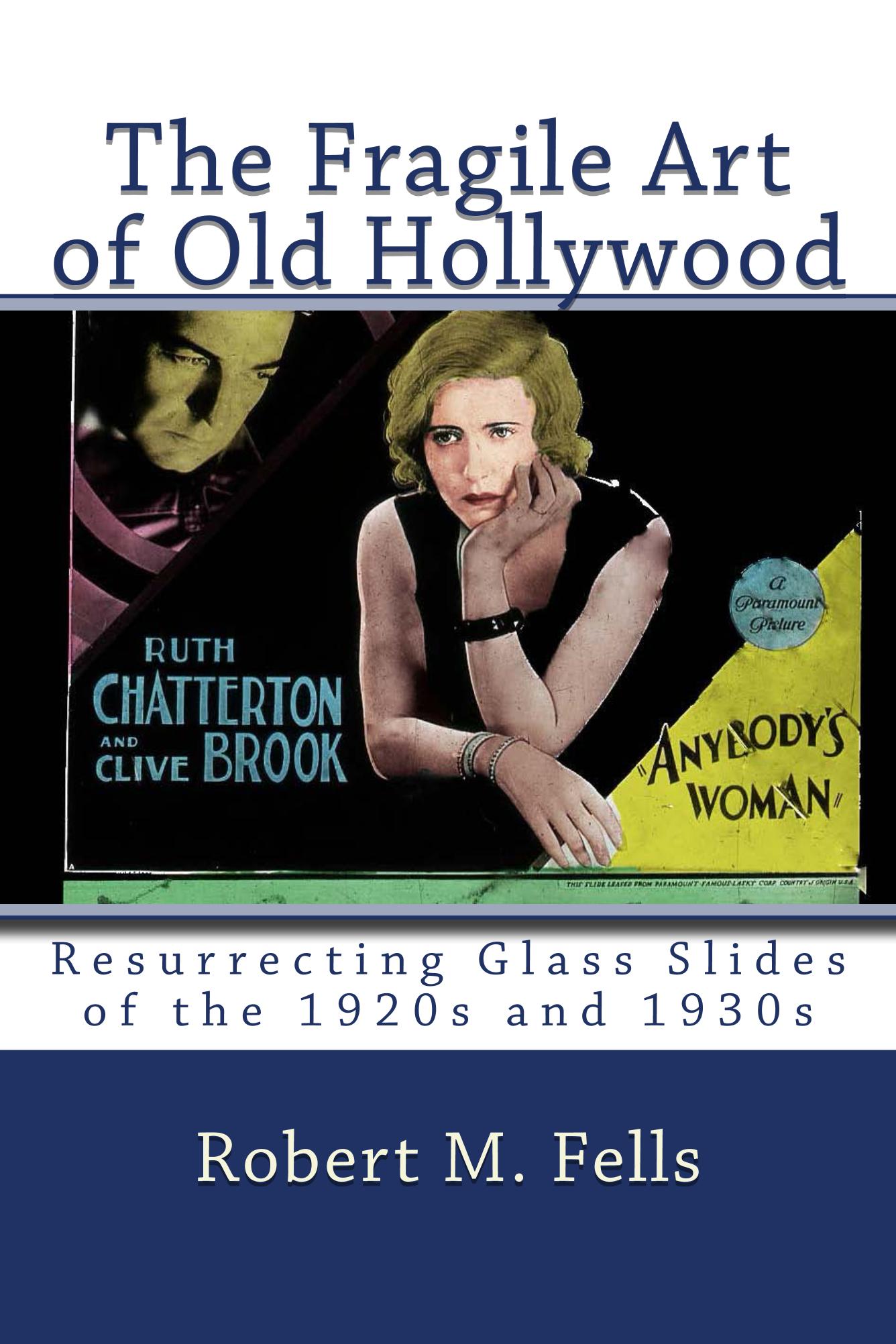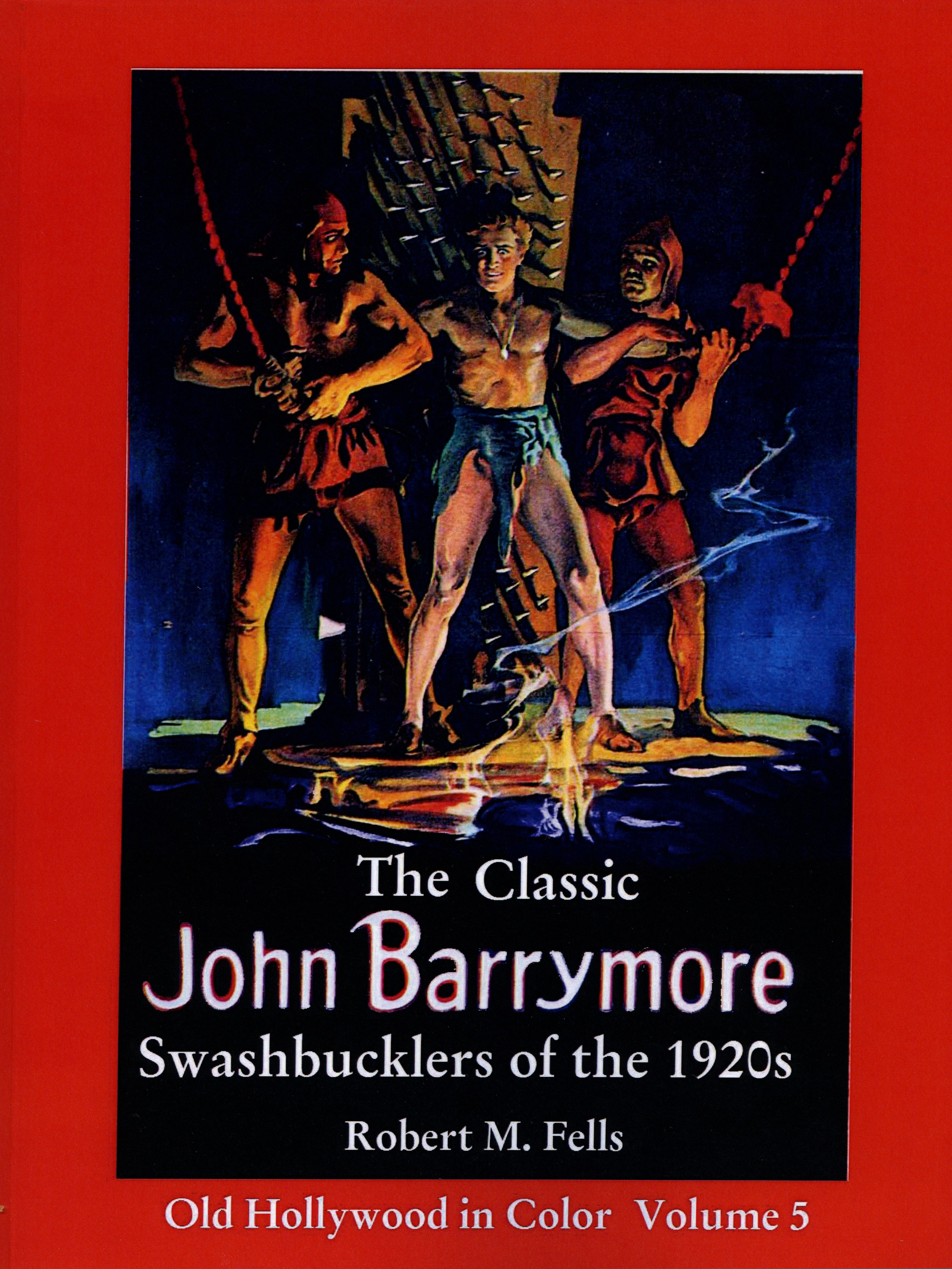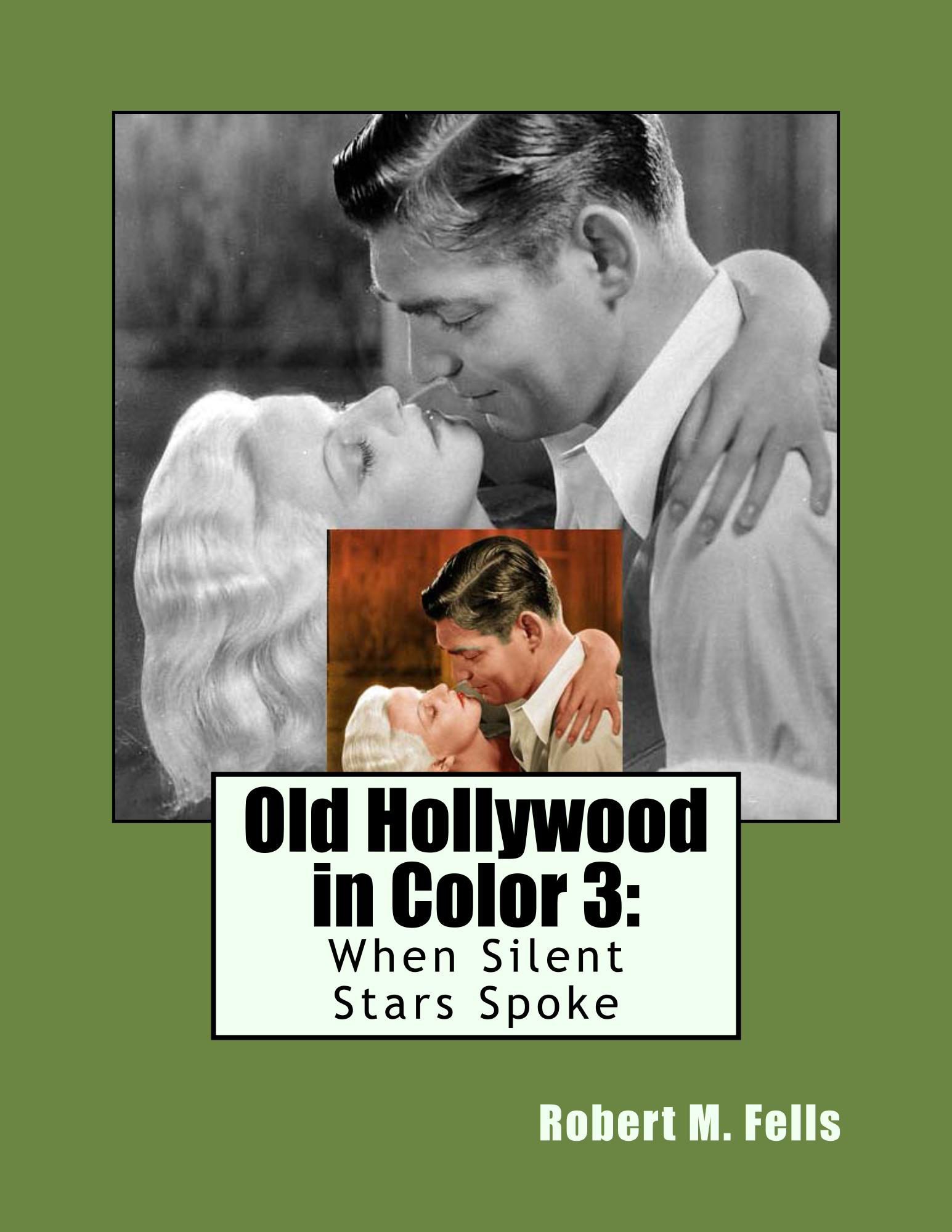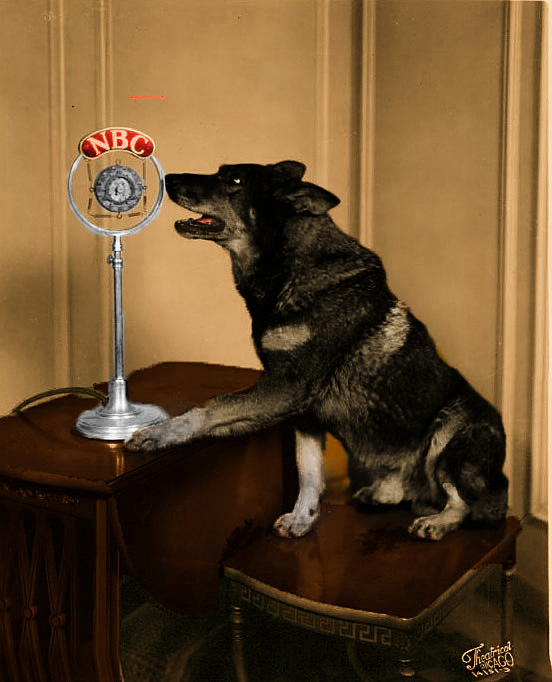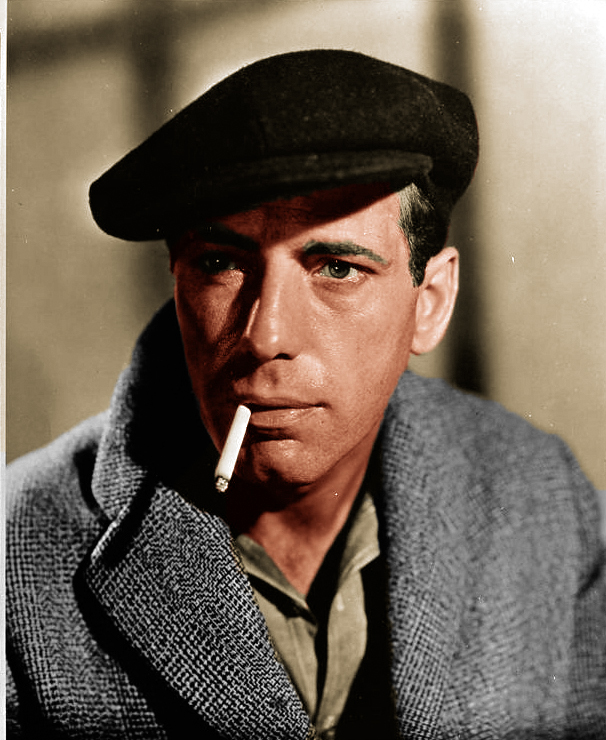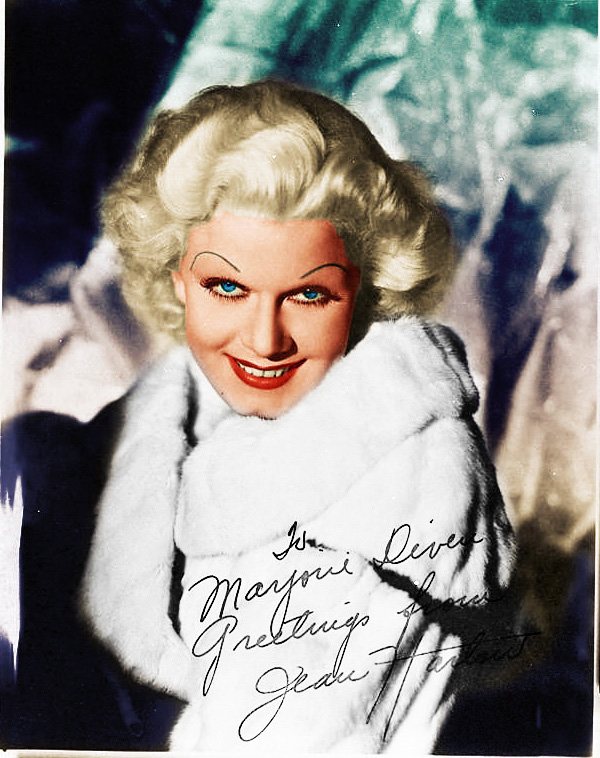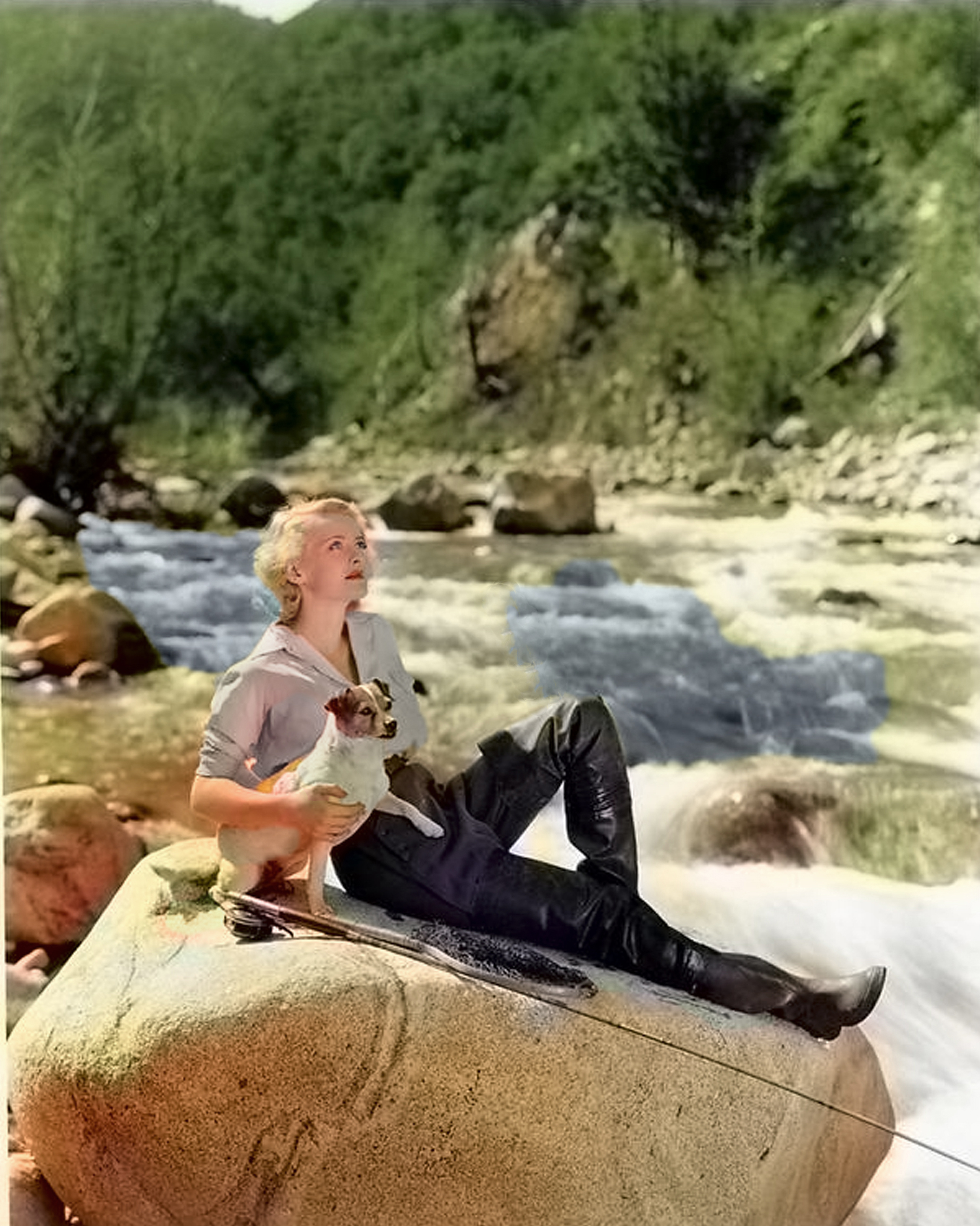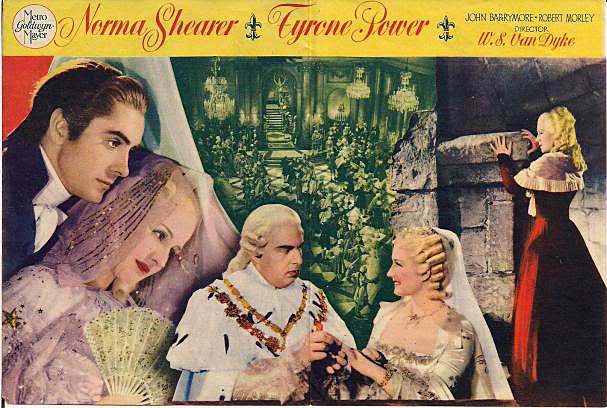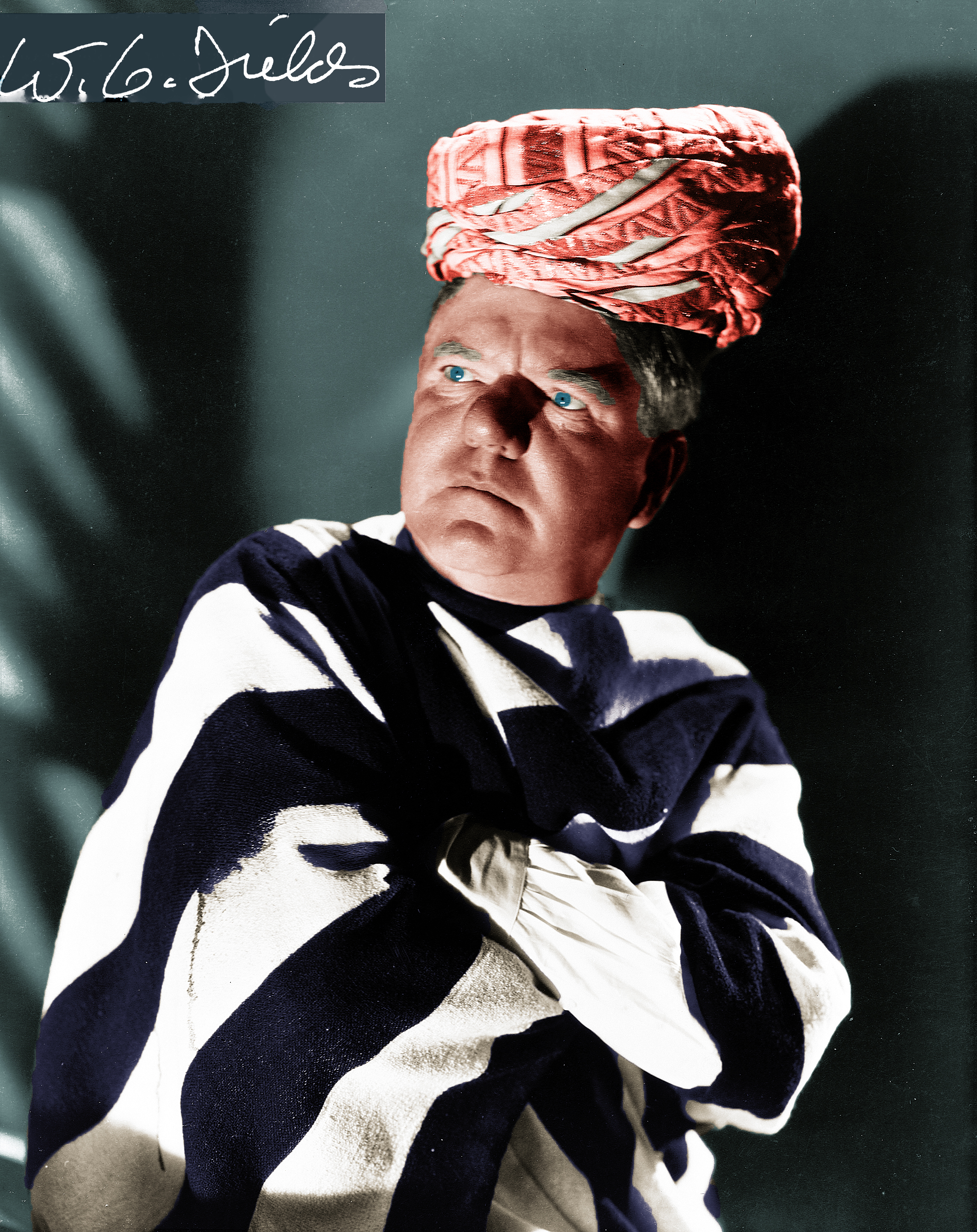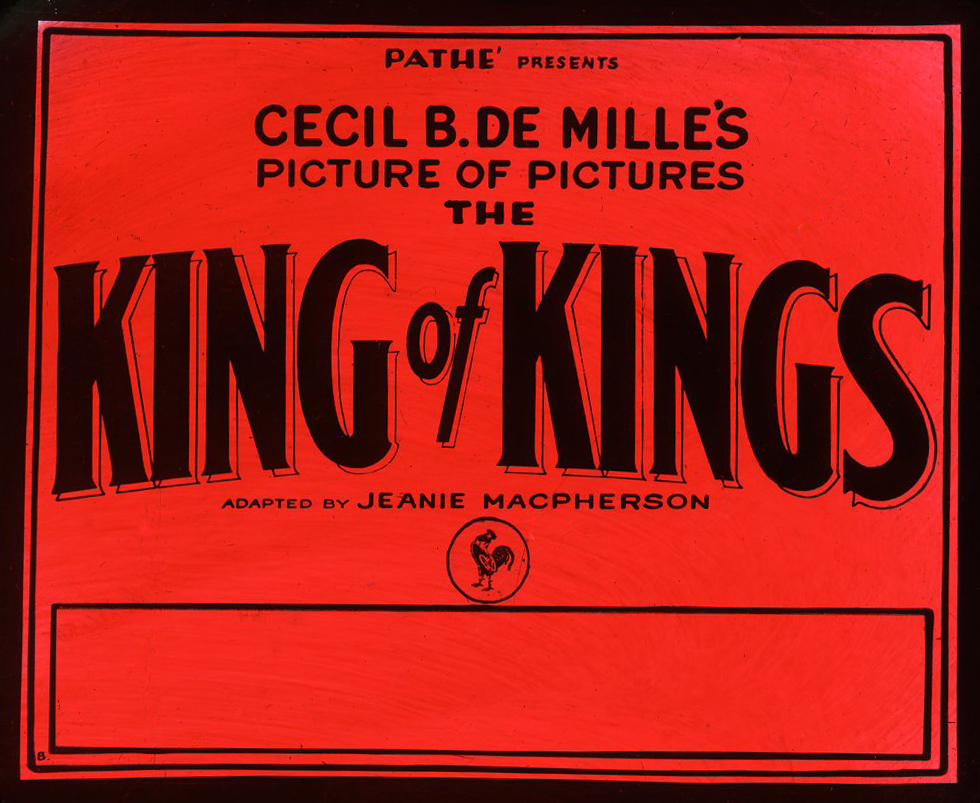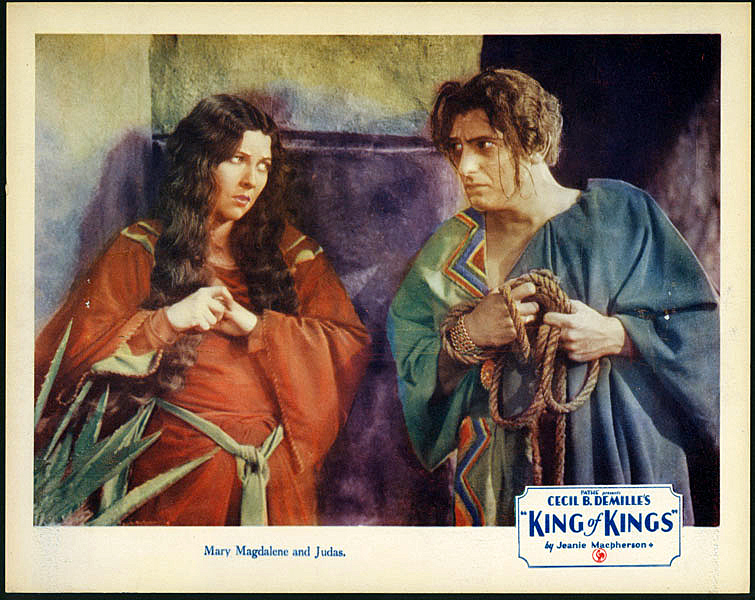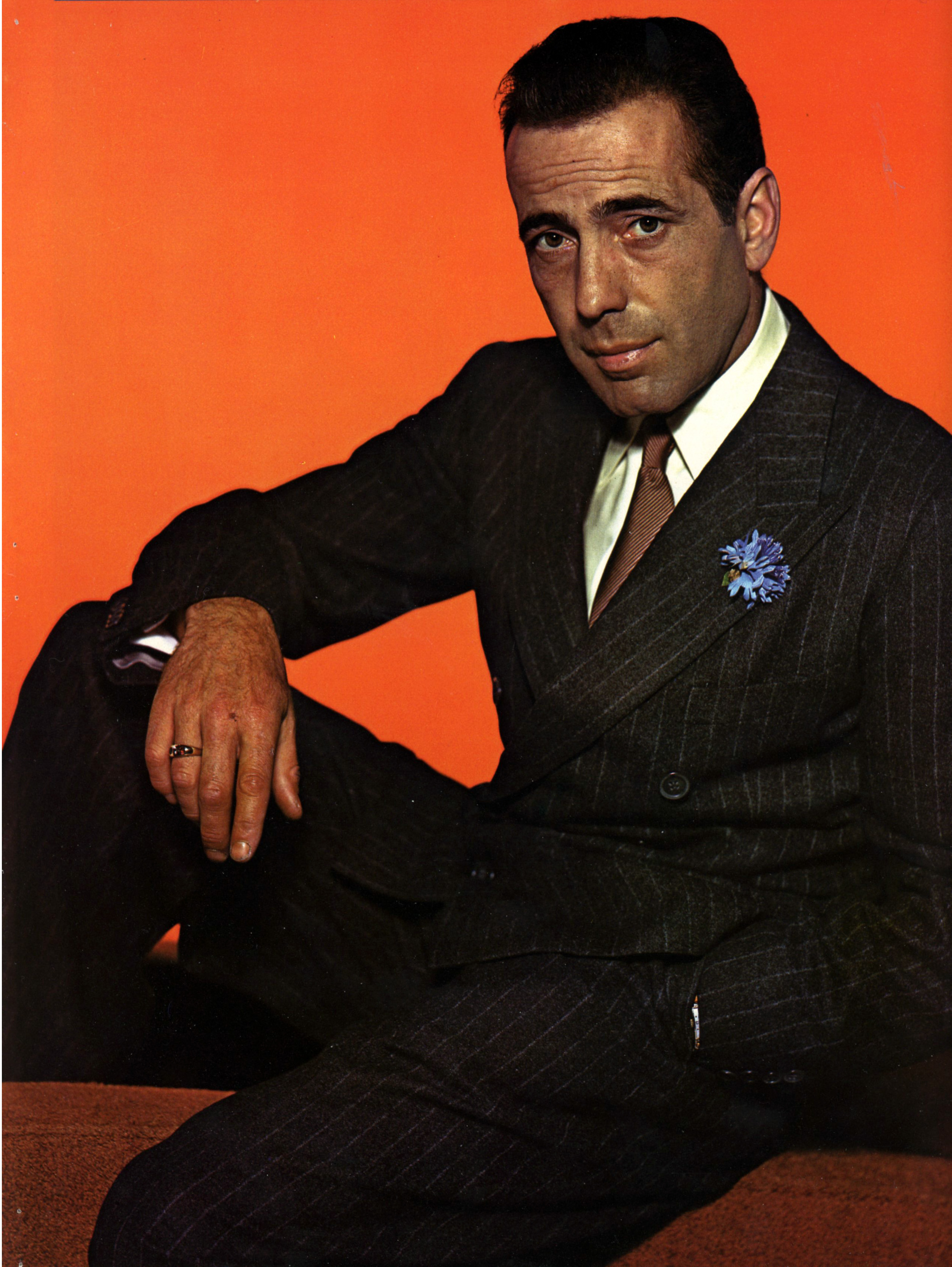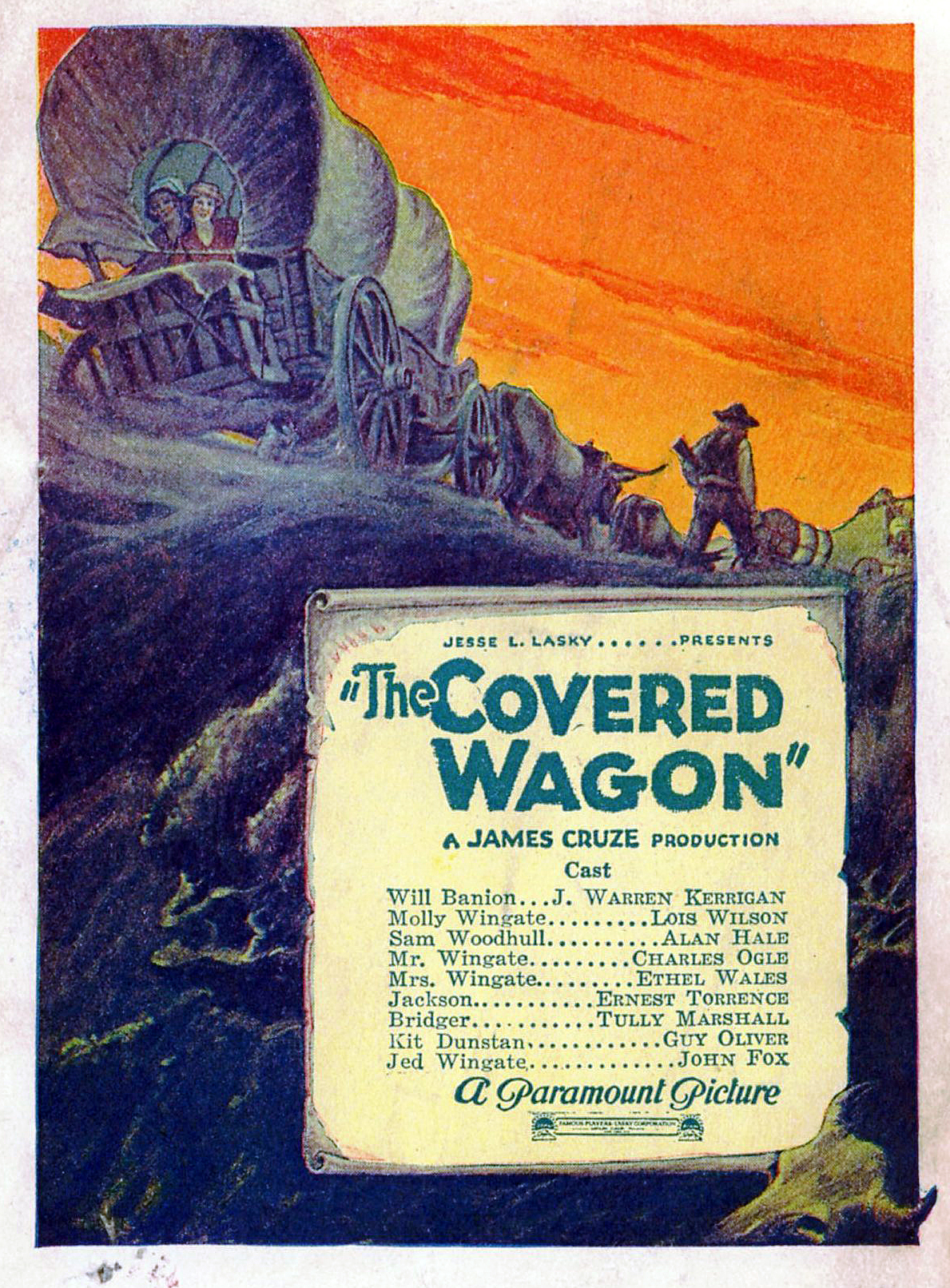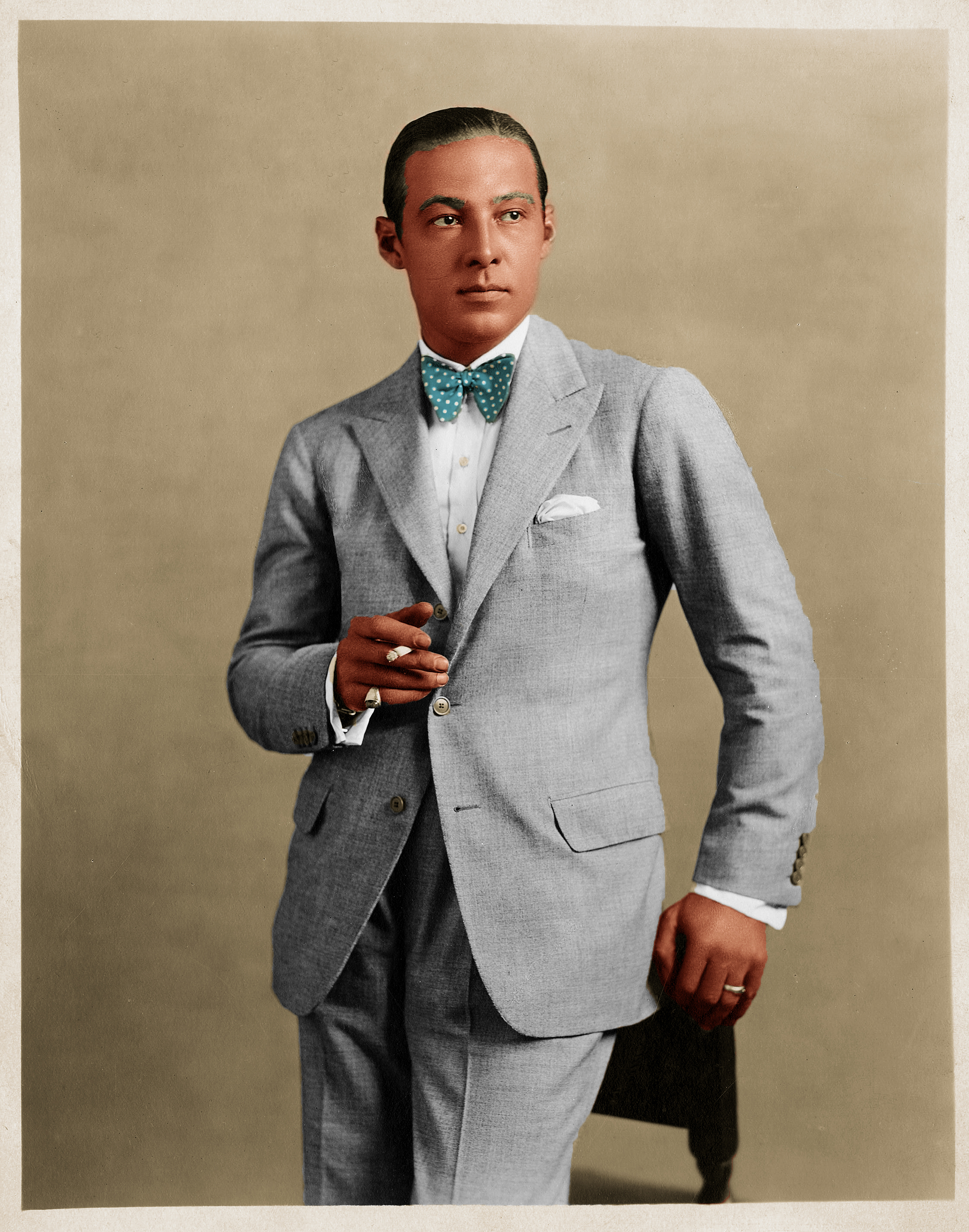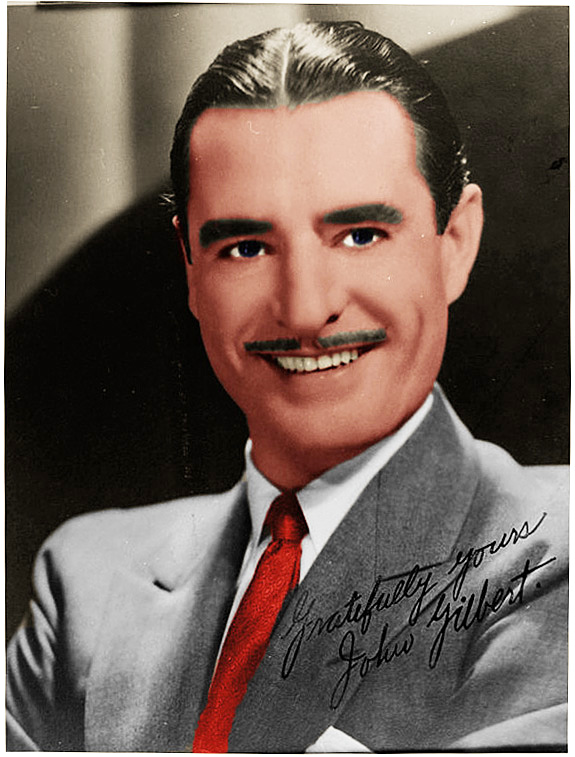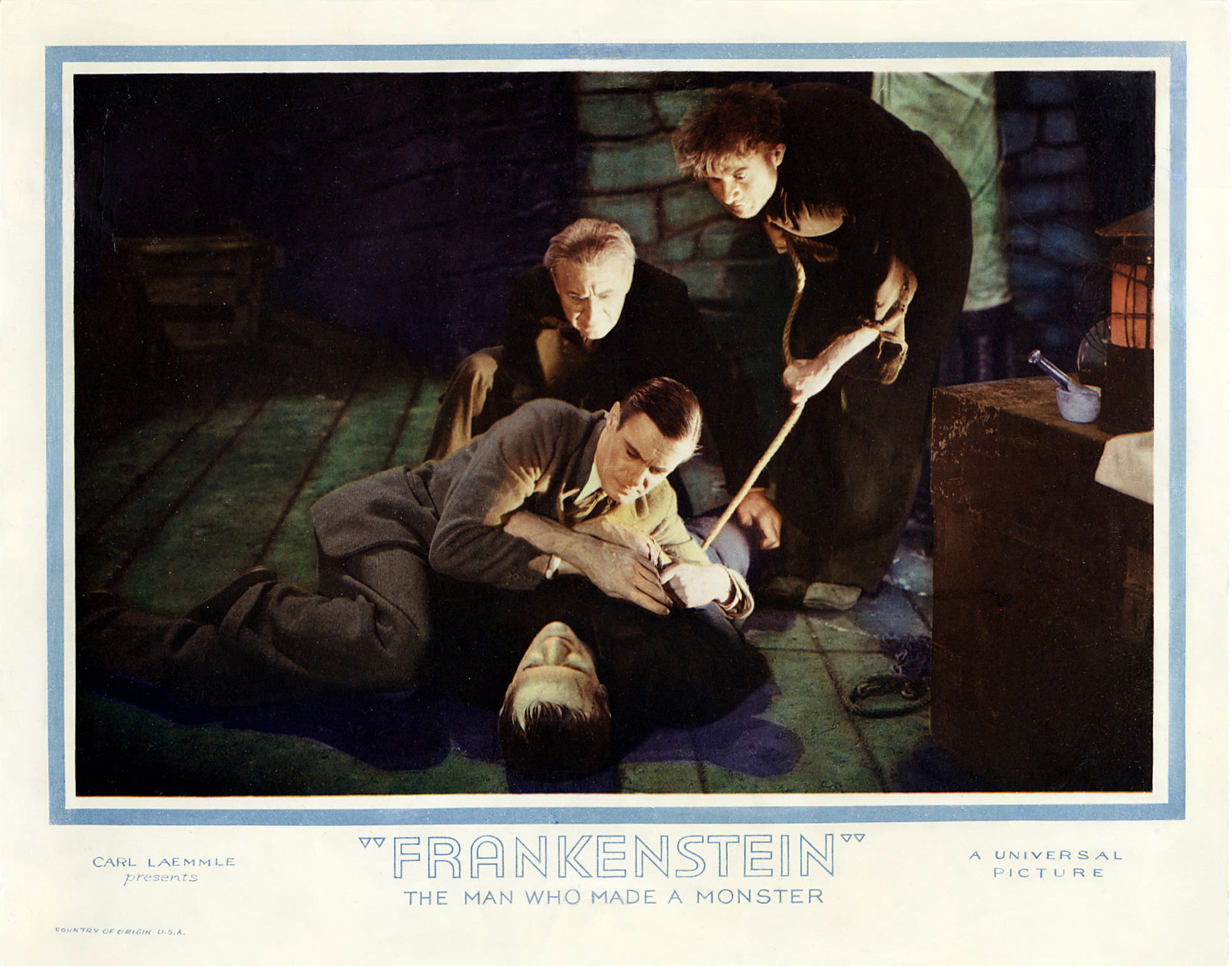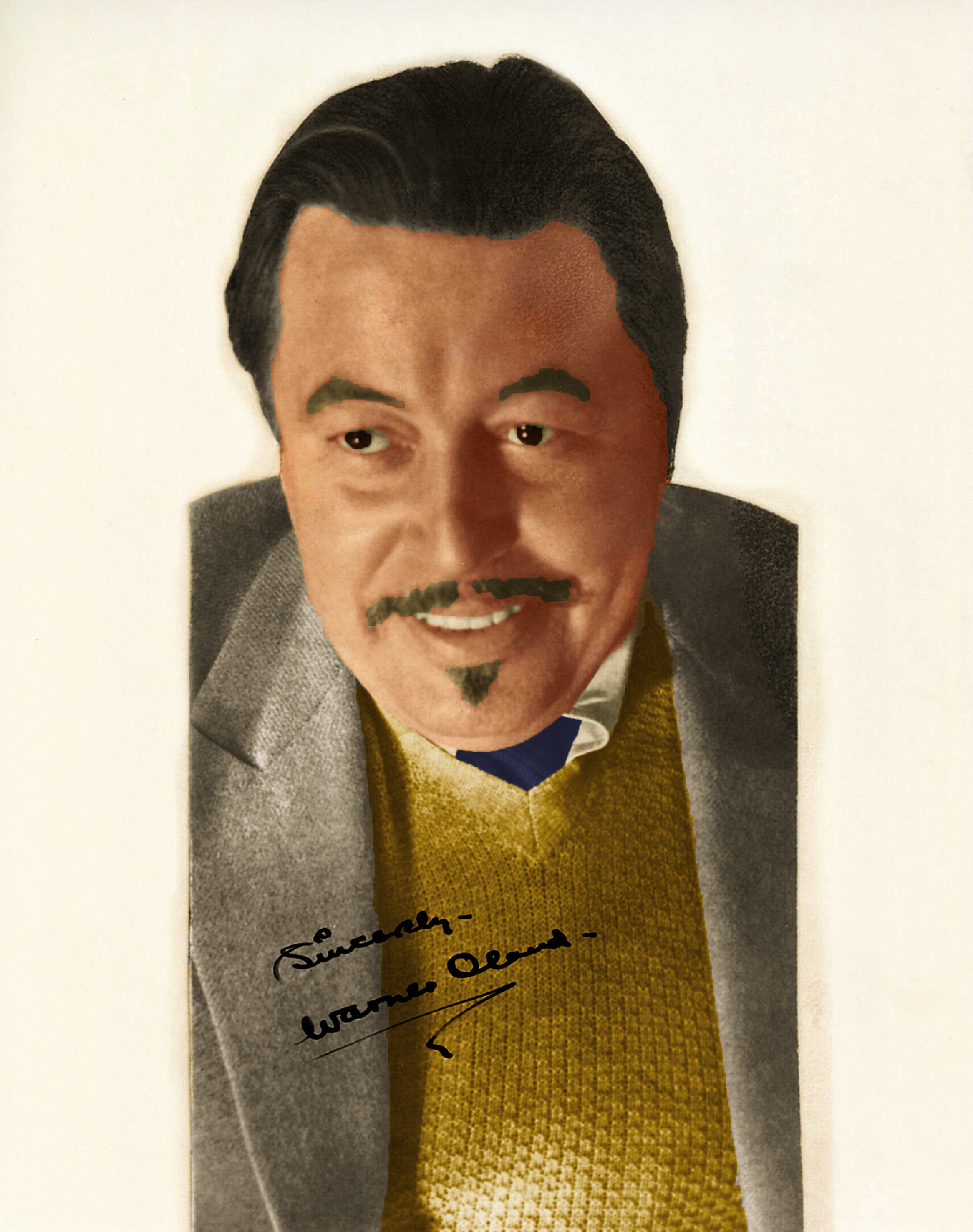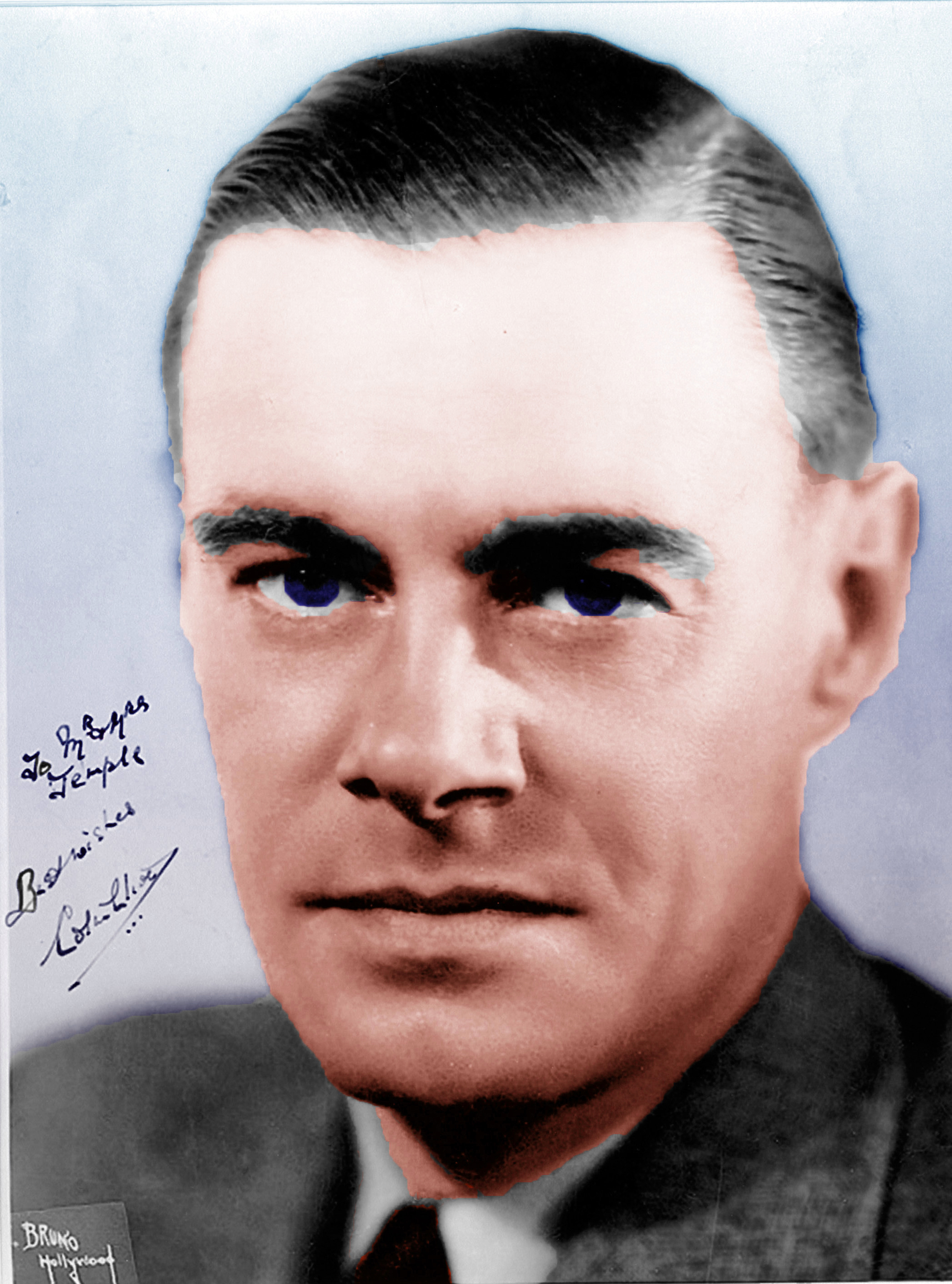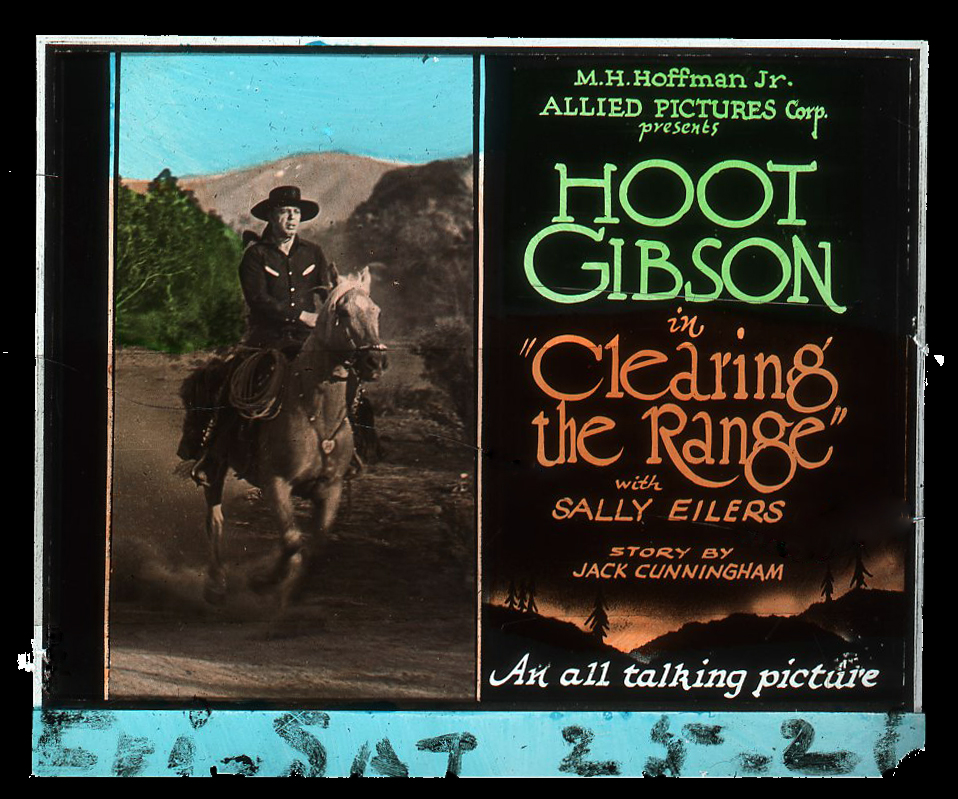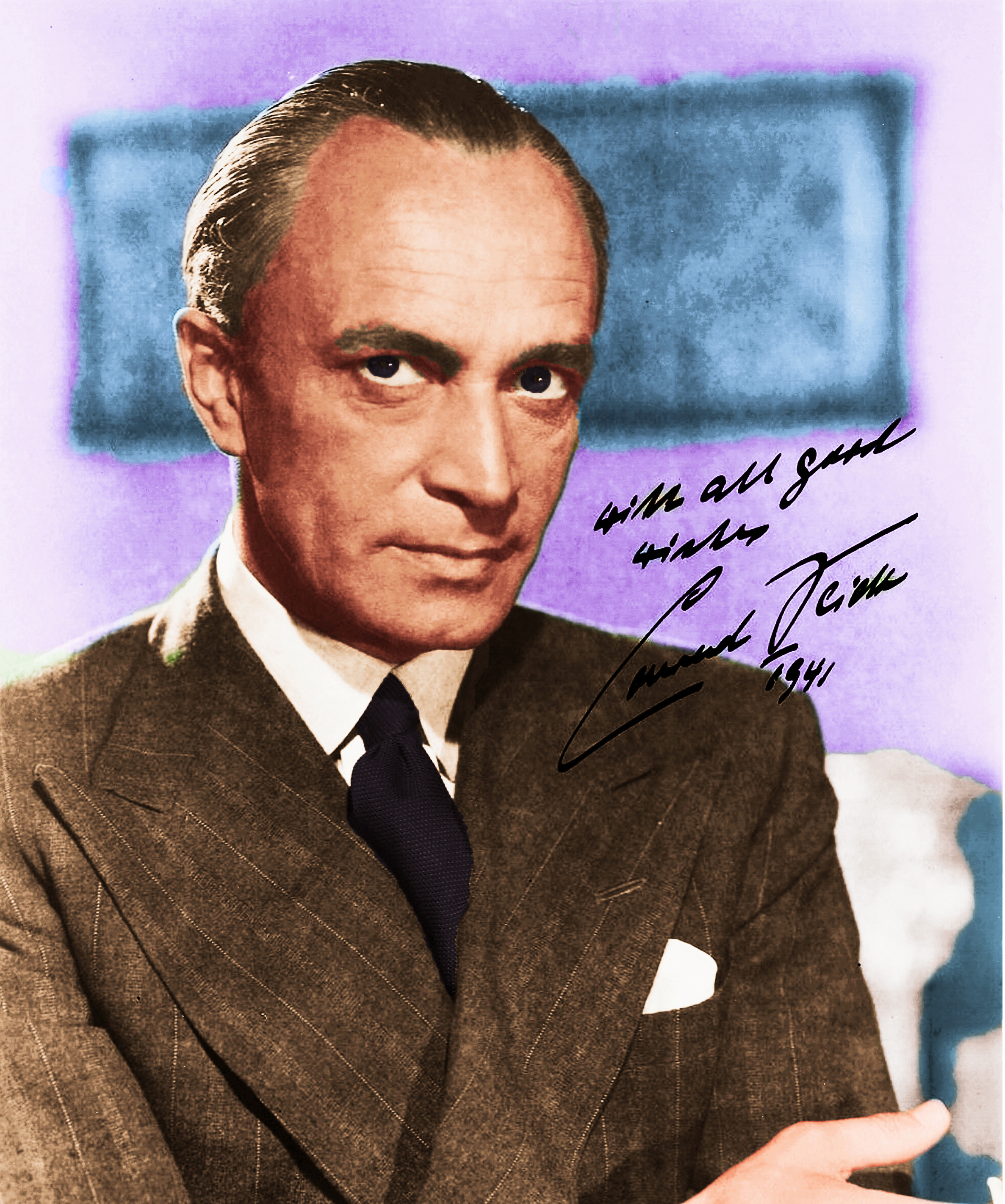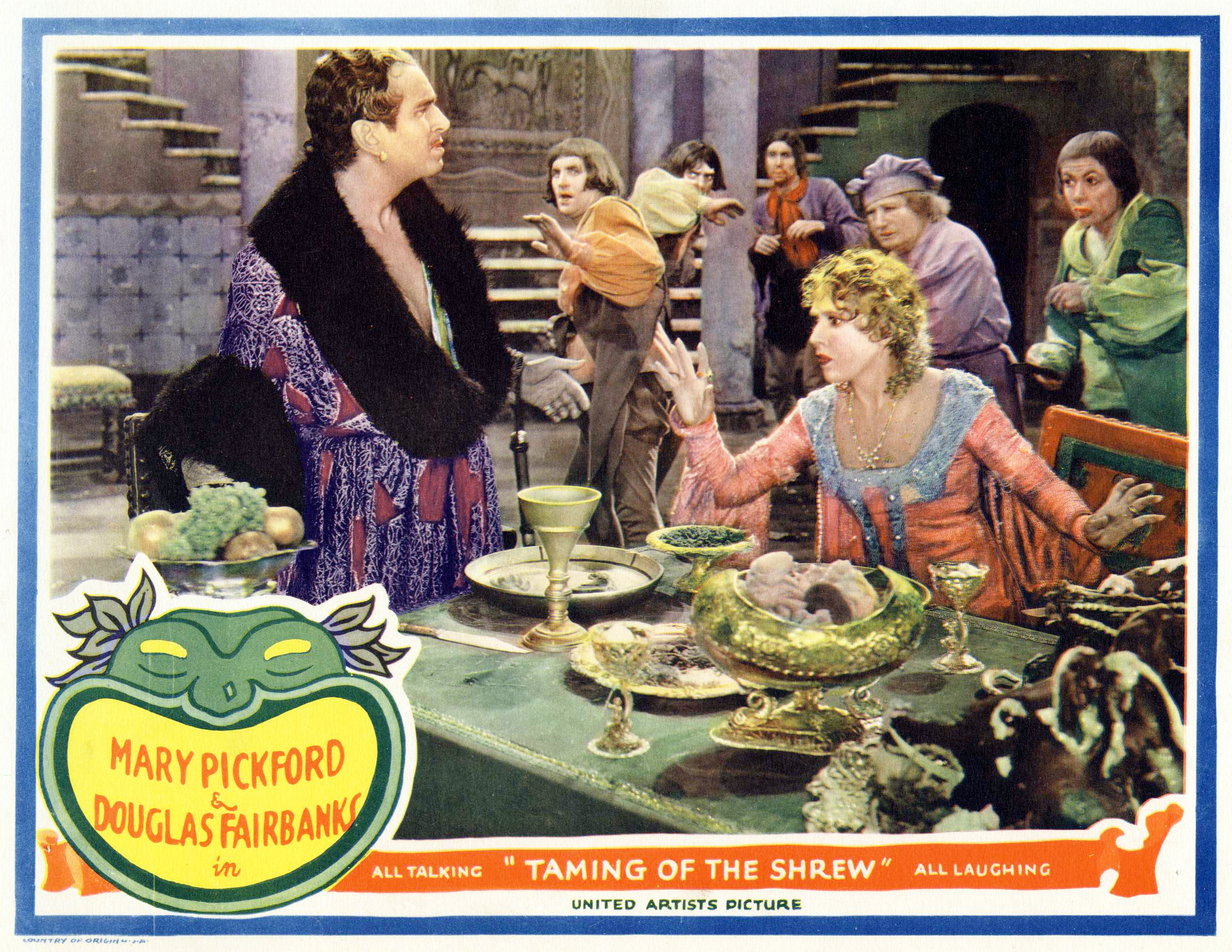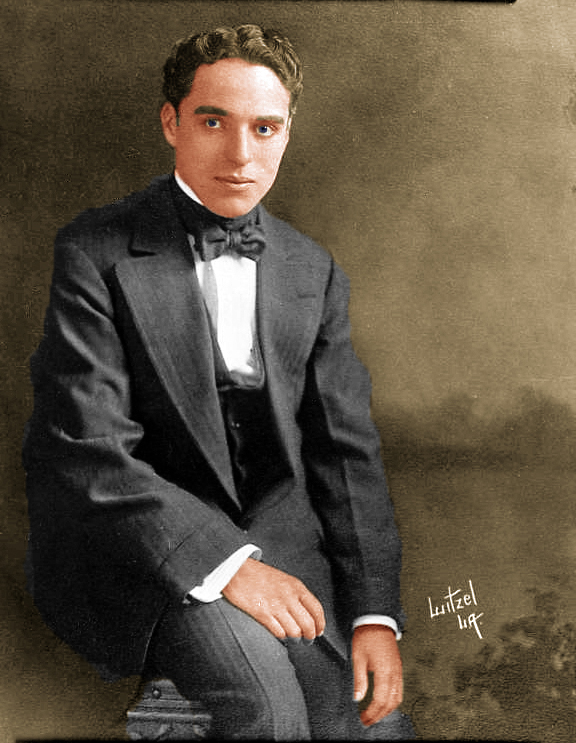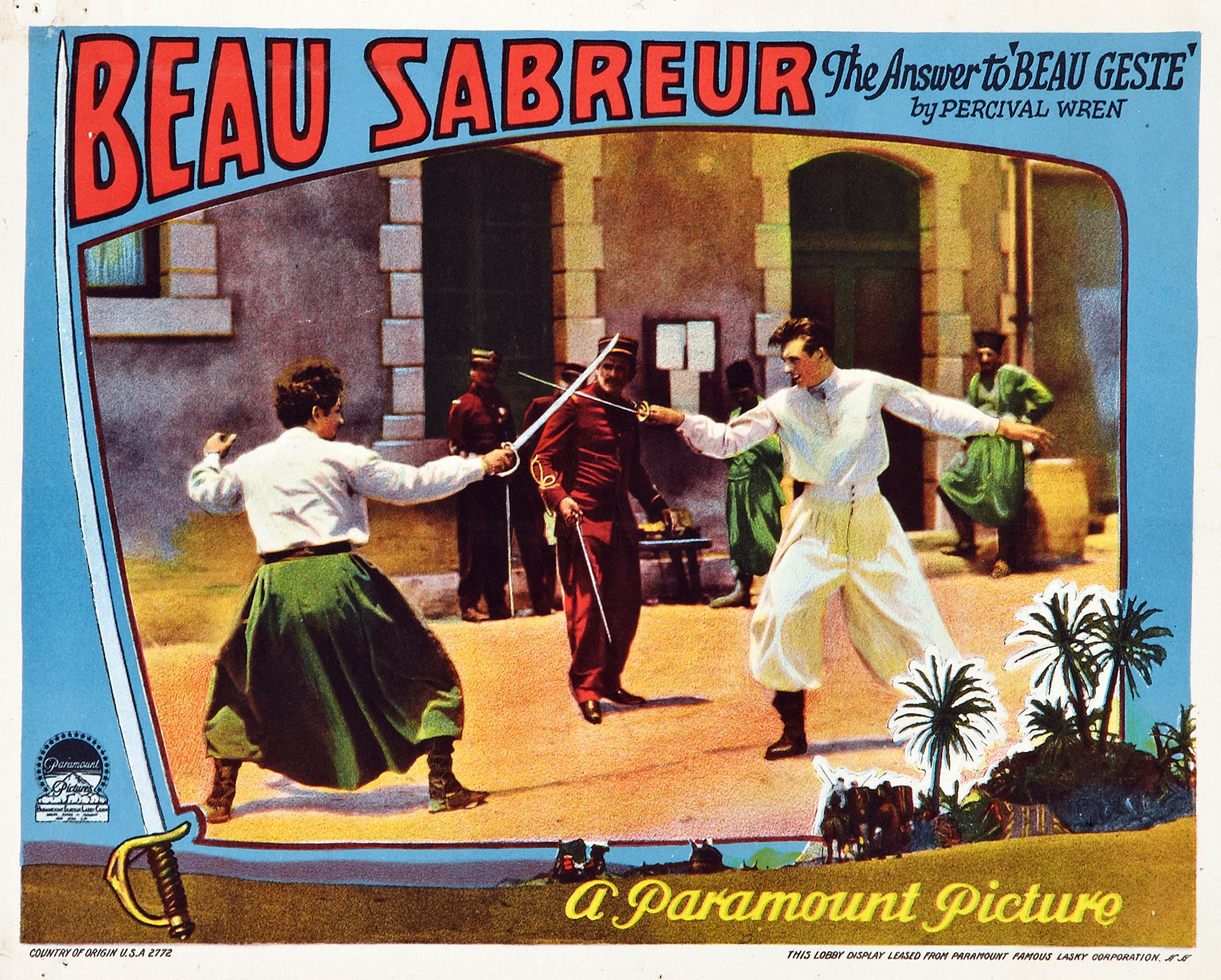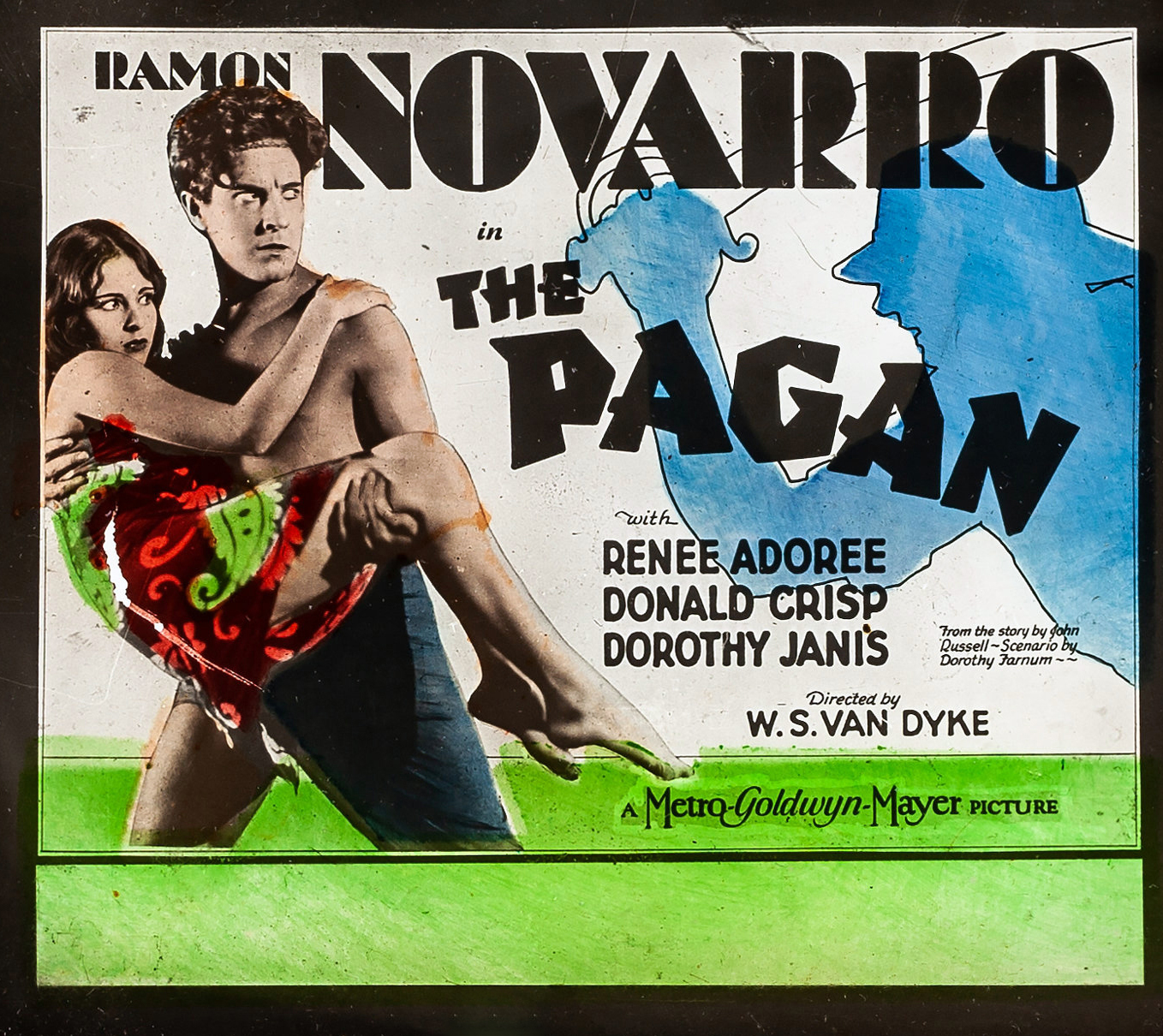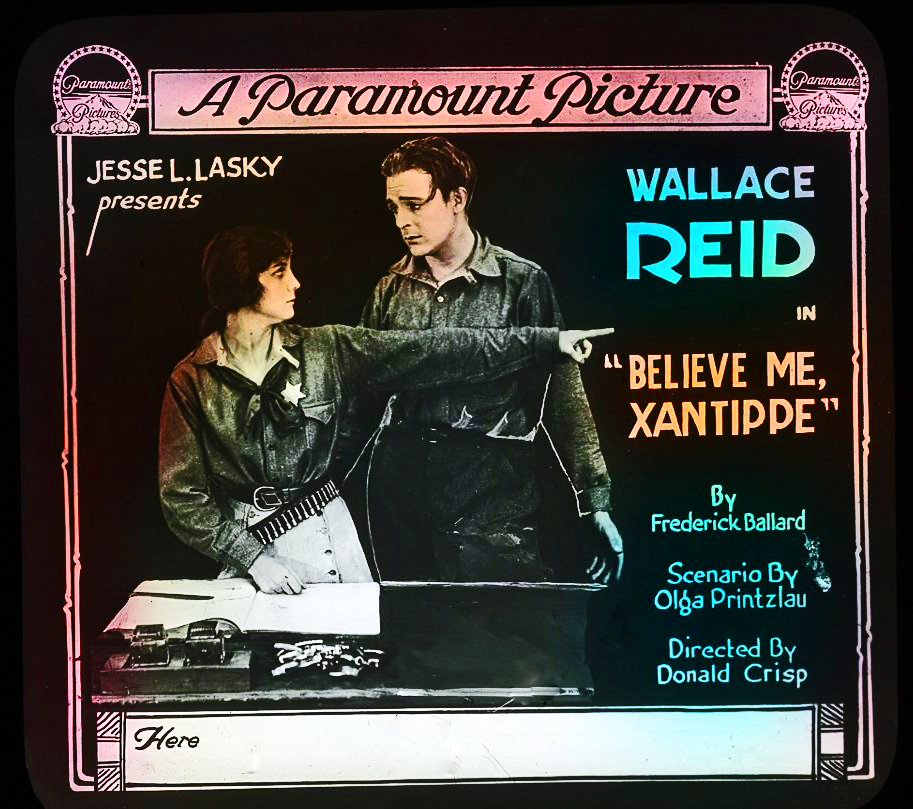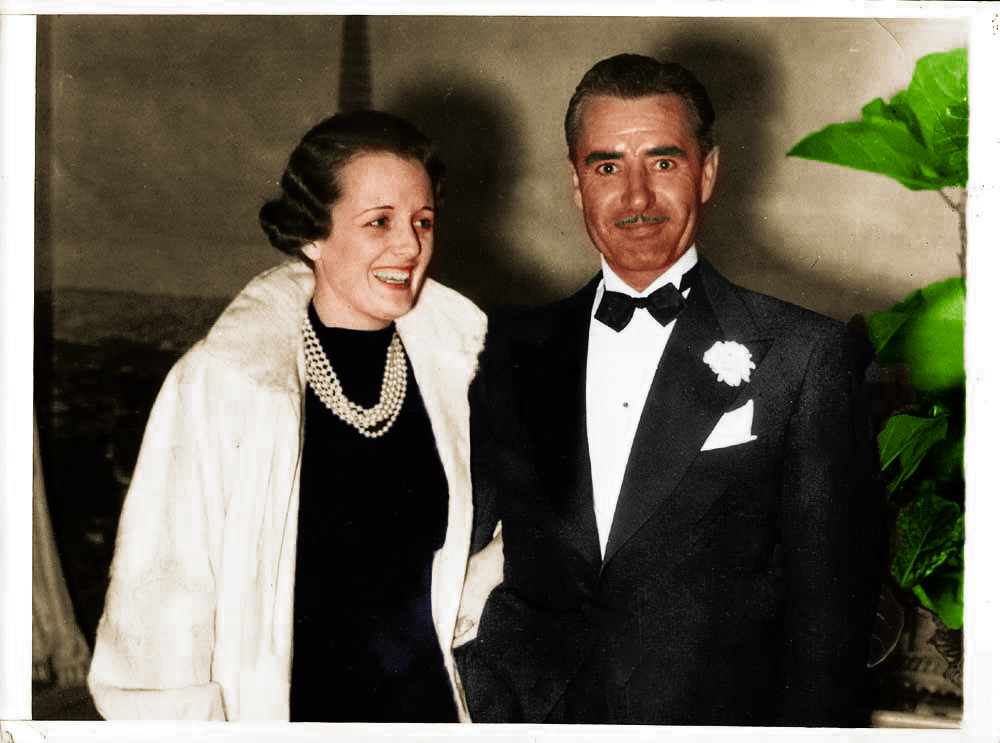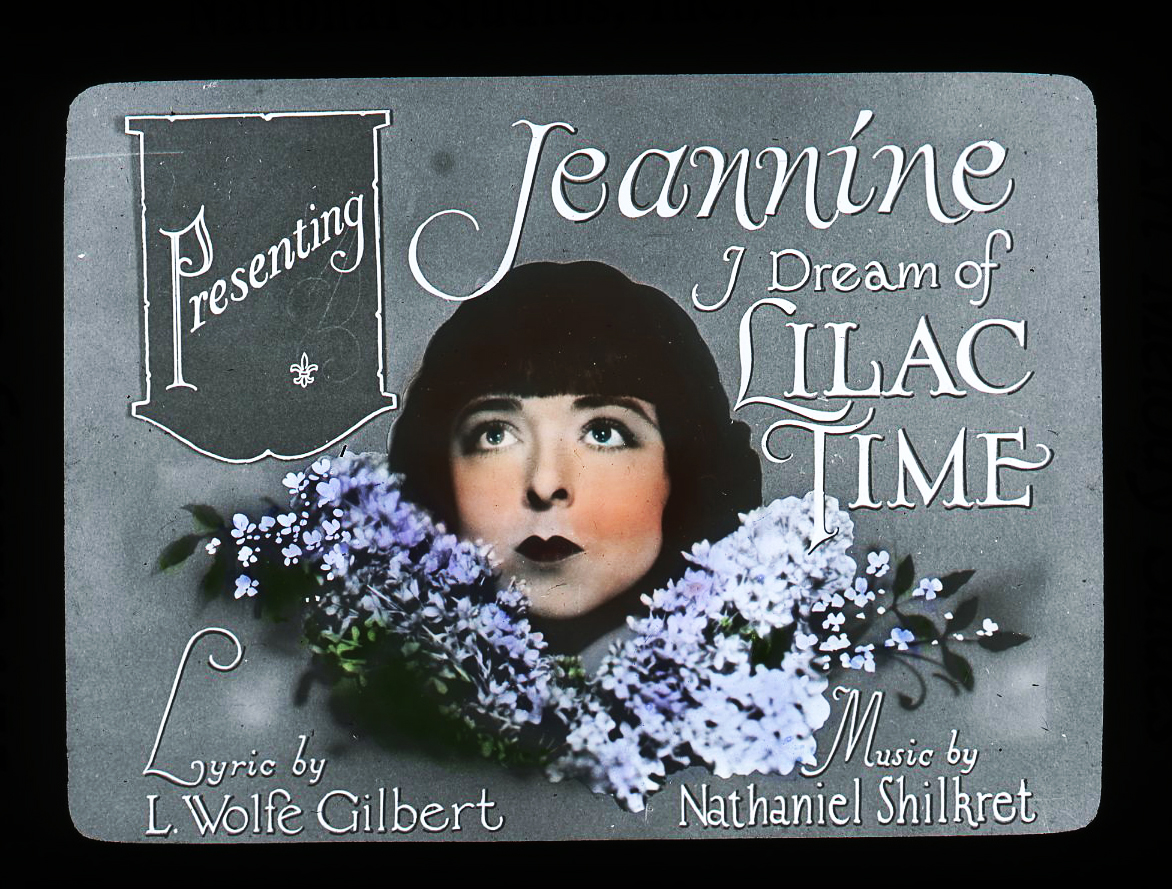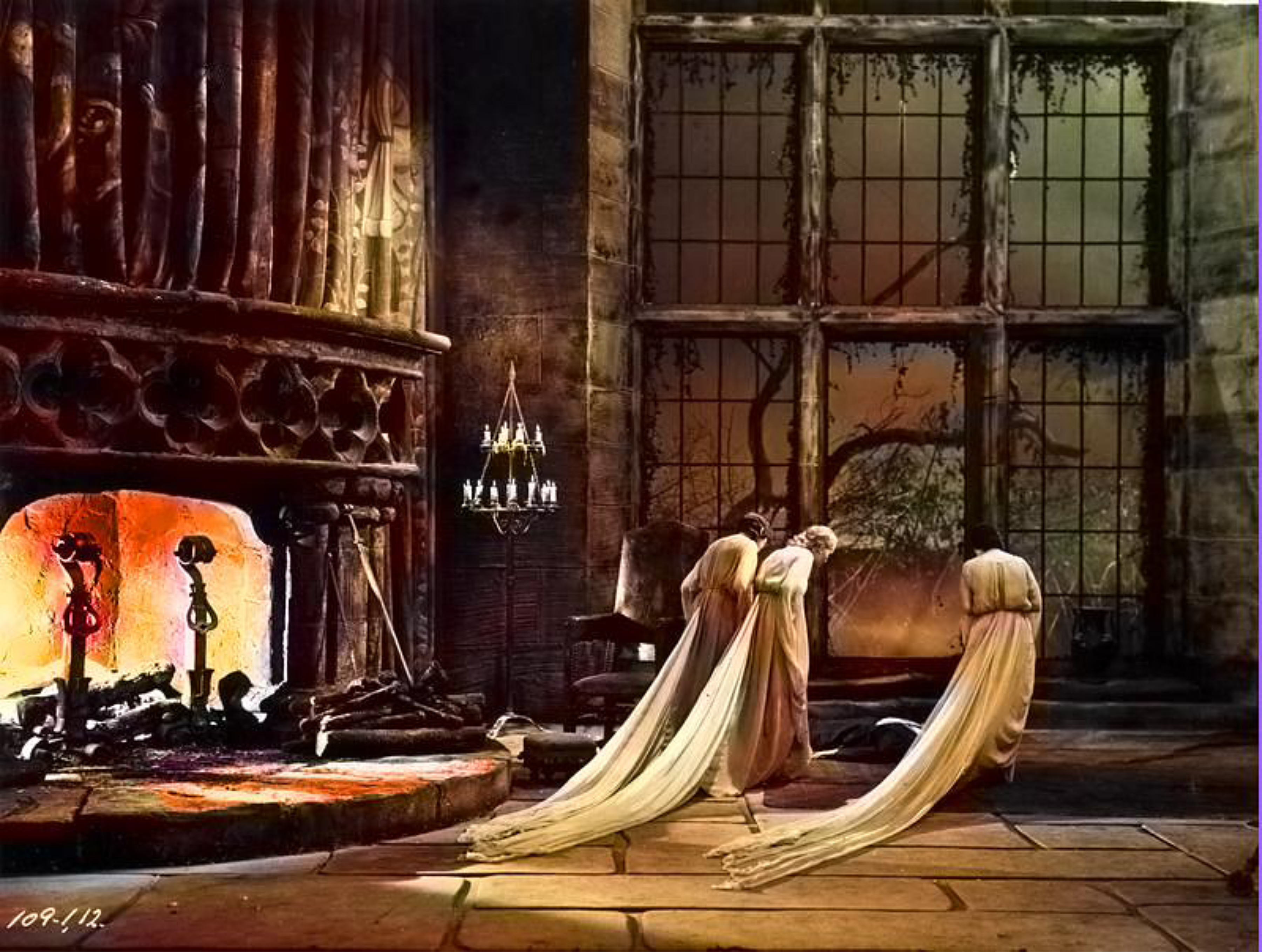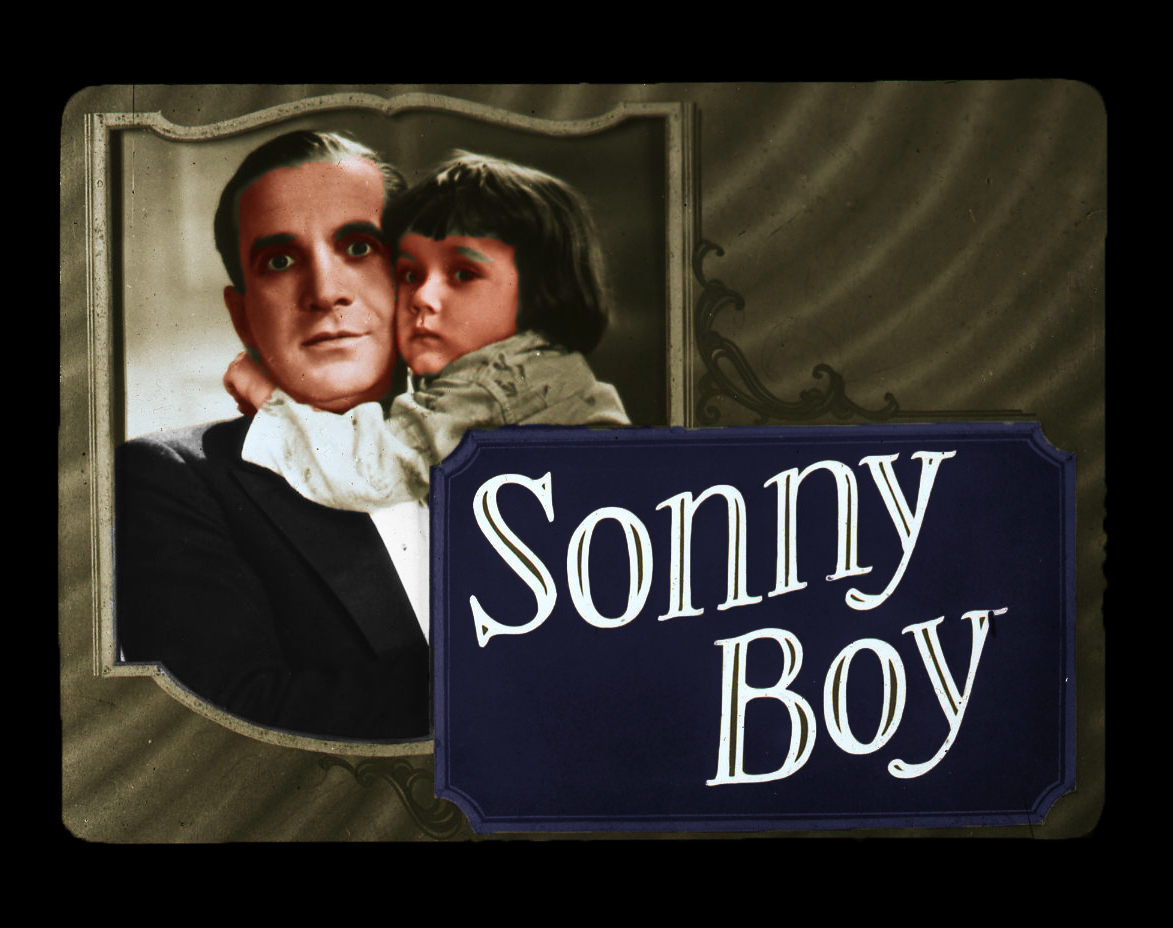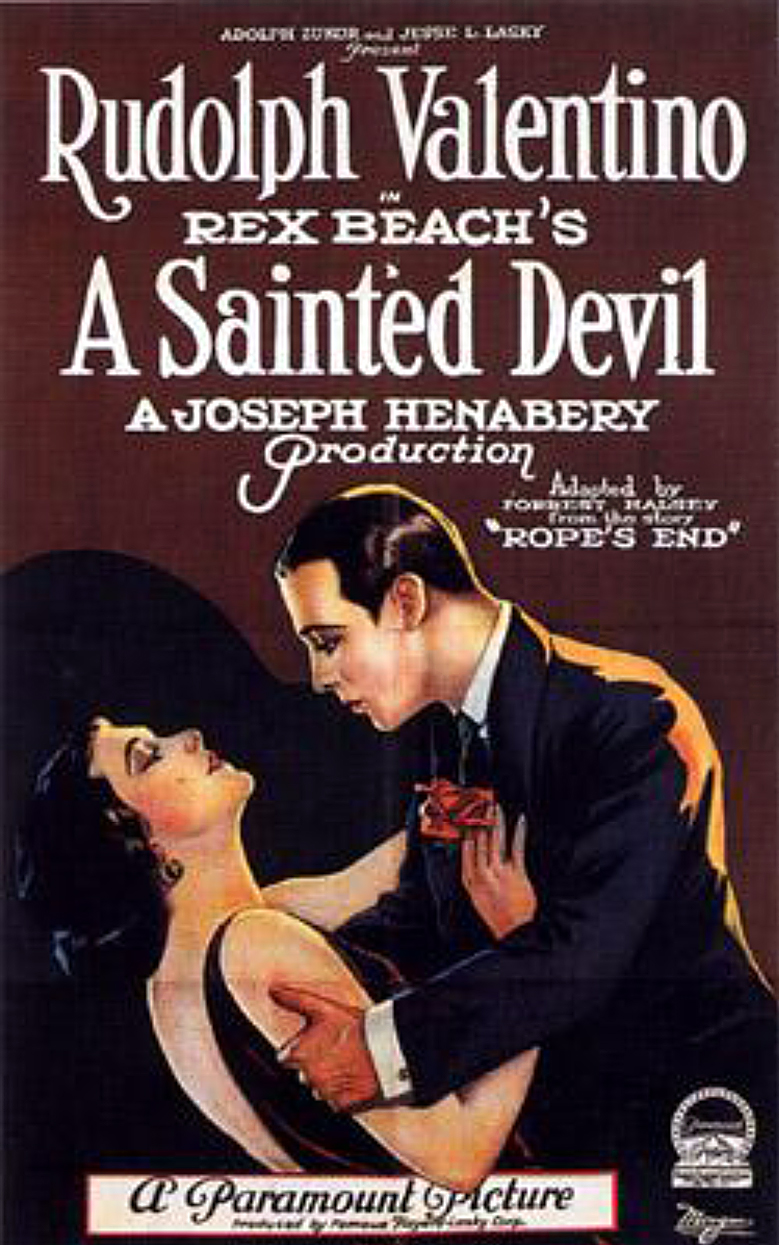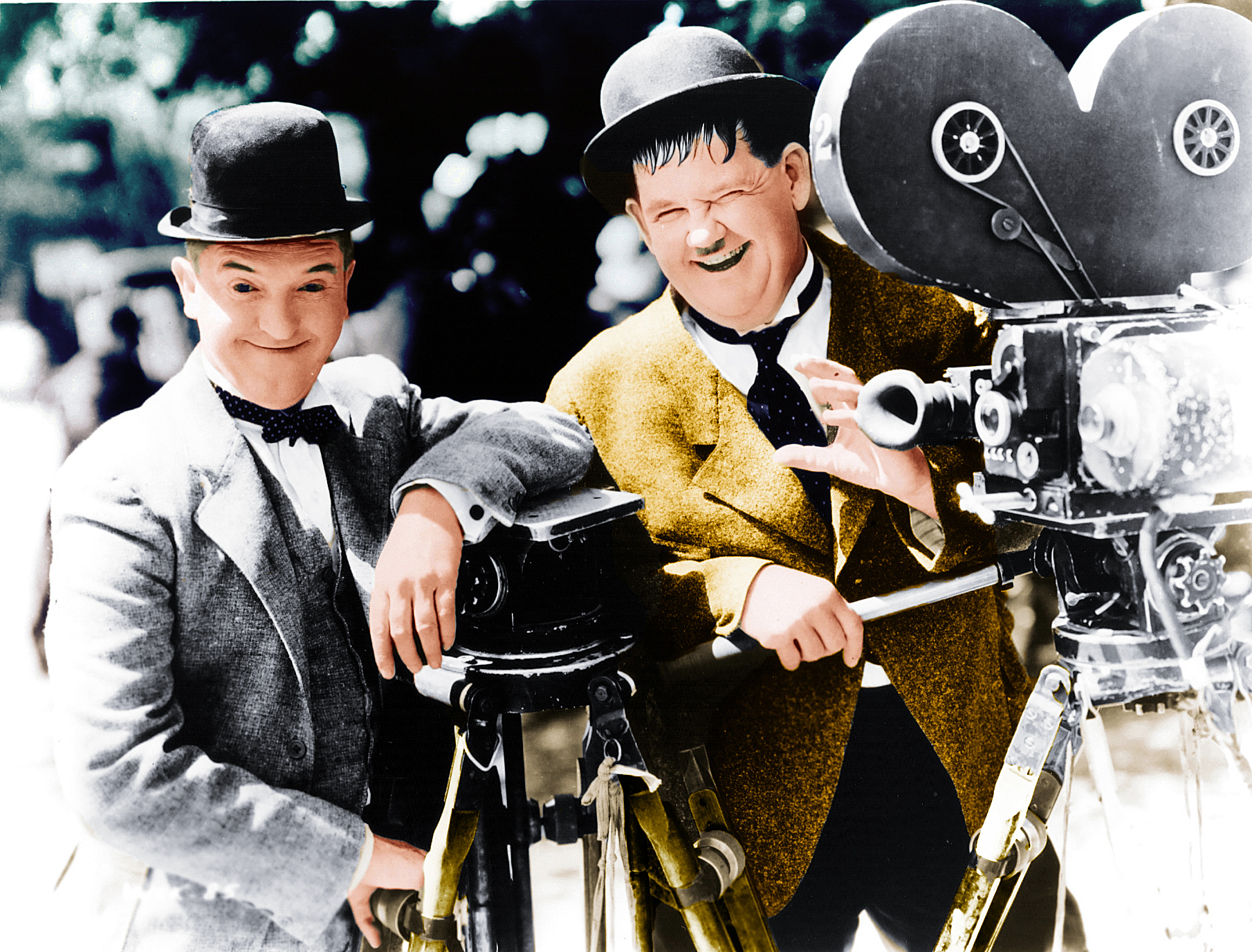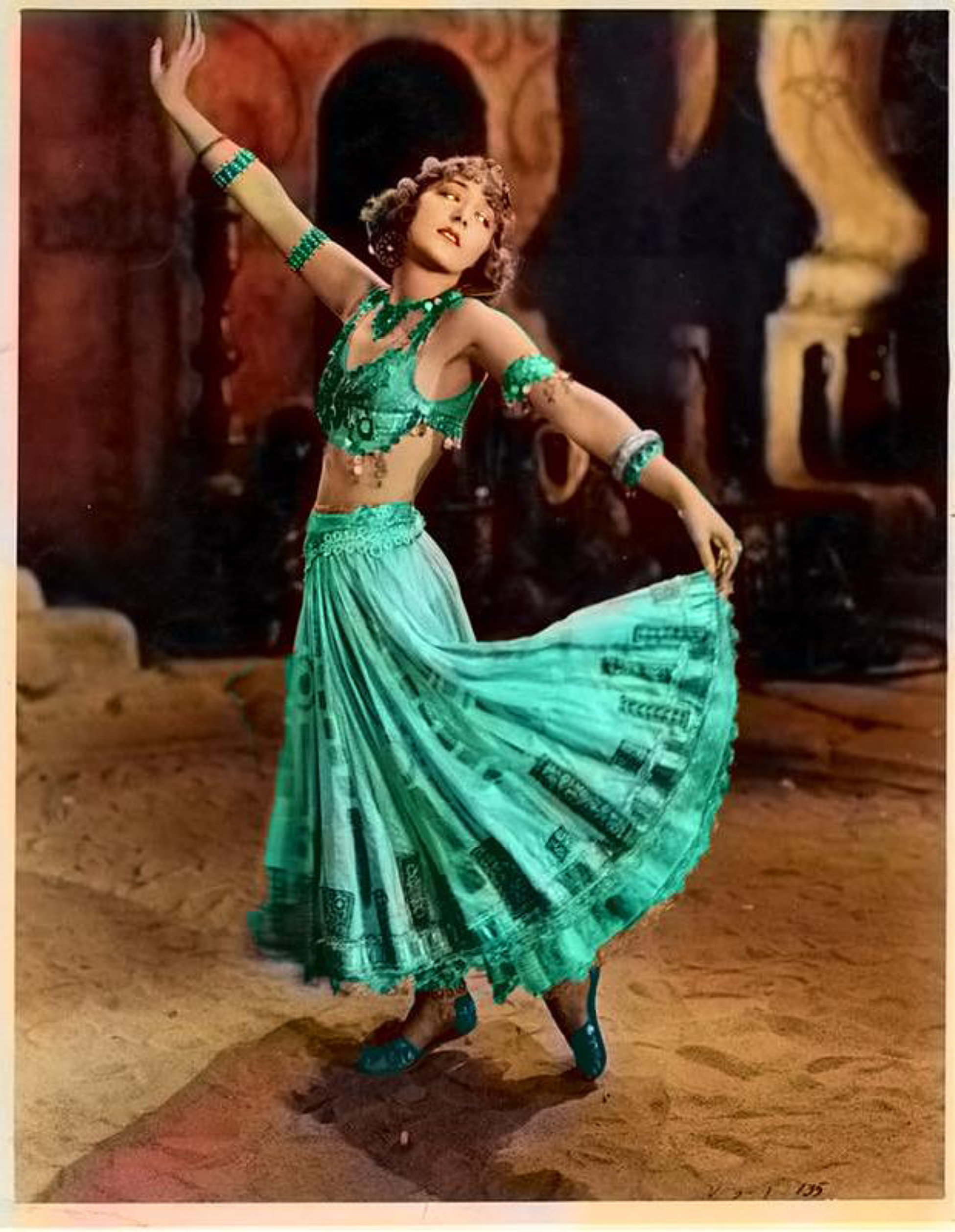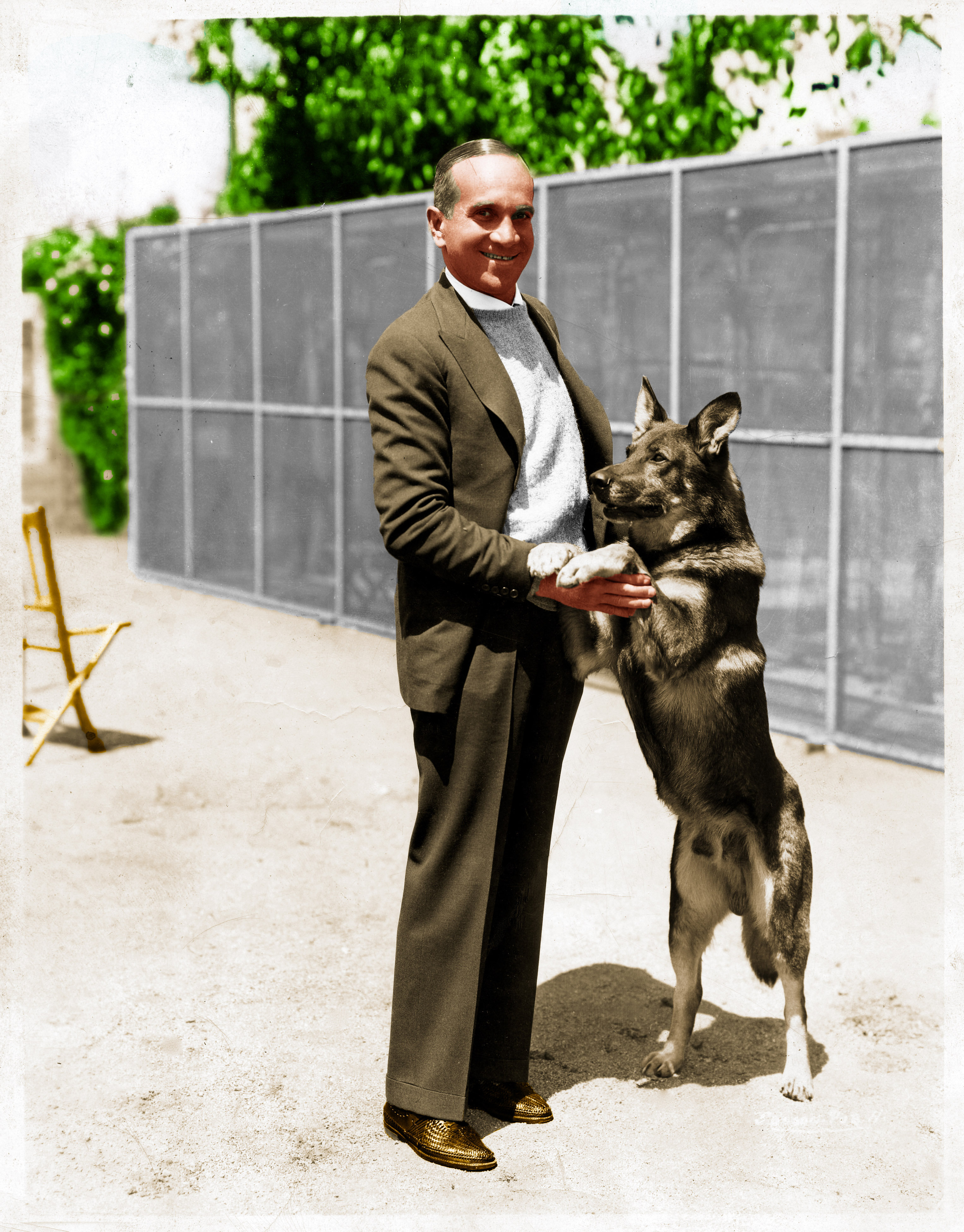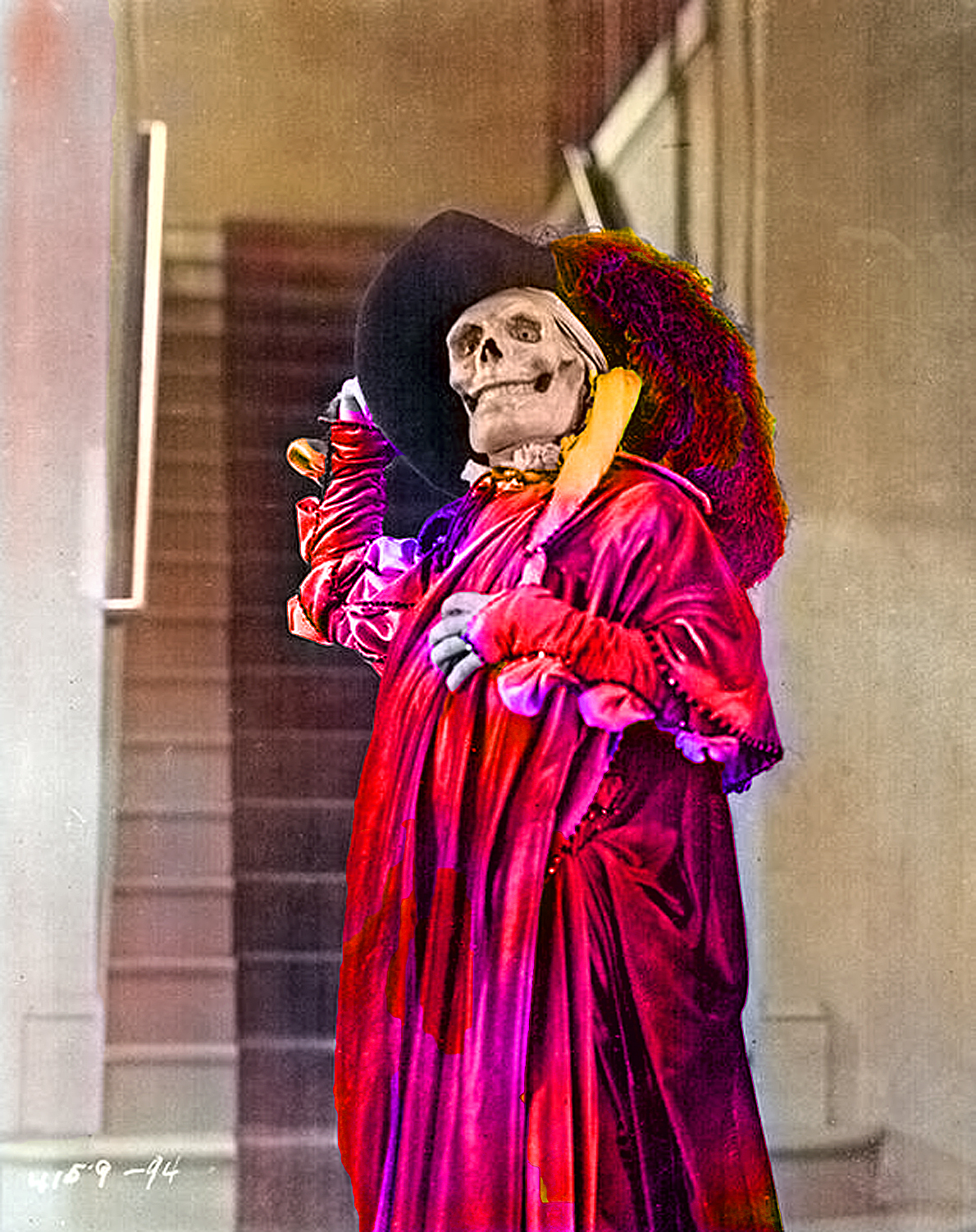Today, the name Warner Oland (1879-1938) is synonymous with Charlie Chan, the fictional Honolulu detective created by Earl Derr Biggers. But Mr. Oland was much more than a talented character actor. He spoke several languages and, with his wife Edith, made the first English language translations of plays by August Strindberg. Born in Sweden, his family emigrated to the United States when Warner was 13 years old. He gravitated from the stage to films in the 1910s and first attracted attention playing the villain in Pearl White’s legendary movie serial, THE PERILS OF PAULINE (1914).

In those days the craft of acting included the ability to credibly portray characters of different nationalities or ethnic origins, and even different races. We are much more parochial today about these things but Warner Oland was the first actor to successfully portray a Chinese hero in American films. How successful? He starred in seventeen Charlie Chan films at 20th Century-Fox from 1931 through 1937 (technically, 18 films if we count an uncompleted one begun in January 1938 but abandoned as Warner’s health deteriorated).

Boris Karloff co-starred with Warner in CHARLIE CHAN AT THE OPERA (1936)
Warner had already established himself in a variety of ethnic roles during the silent film era, most notably as Cantor Rabinowitz in THE JAZZ SINGER (1927). He also impersonated an Austrian Archduke in the lavish DON Q, SON OF ZORRO (1925):

DON JUAN (1926), the first feature film to use synchronized sound, had Warner in the historical role of Cesare Borgia. Here is Warner on the DON JUAN set with Montagu Love on the right, and seated left to right, Helene Costello, Estelle Taylor, and Myrna Loy:

Elaborately costumed as an unscrupulous Frenchman in WHEN A MAN LOVES (1927):

By 1929, sound films revealed Warner to have a rich and soulful voice. Here he plays an American gangster in THE MIGHTY (1929) with Raymond Hatton (standing) and George Bancroft:

By 1931, Warner switched tracks from villain to hero with CHARLIE CHAN CARRIES ON, one of four lost Chans. The film became an unexpected hit and the second film in the series, THE BLACK CAMEL (also 1931), was actually filmed in Hawaii. Here, Warner looks as menacing towards Dorothy Revier as Bela Lugosi in THE BLACK CAMEL:

Offscreen, Warner was a doting papa to his schnauzer Raggedy Ann:

Back at work, Warner takes time out for a Ouija Board on the set of CHARLIE CHAN’S SECRET (1936), a story that involved spiritualism and seances:

Producer John Stone (left) confers with director H. Bruce Humberstone as Warner and William Demerest listen on the set of CHARLIE CHAN AT THE OPERA (1936):

Two visiting Chinese doctors on their way to Johns Hopkins in Baltimore stop by the set of OPERA to check Warner’s pulse:

Author Earl Derr Biggers wrote six Chan novels and based Charlie Chan on a real life Honolulu detective named Chang Apana. Warner met Apana when he was in Hawaii filming THE BLACK CAMEL. It’s worth noting that Warner Oland admired Charlie Chan because the character had many qualities that Warner lacked. Chan was a non-smoker and a teetotler whereas Warner was a heavy smoker and (later) a heavy drinker. Chan had eleven children but Warner, who liked kids, was childless. Eventually, Warner remained in the character of Chan even when not filming and signed his name on legal documents as Chan.
Keye Luke played Chan’s son Lee in several of the later Oland entries in the series, here in OPERA. The two actors became good friends offscreen:

Celebrity-endorsed products are nothing new. Here is Warner and apparently Charlie Chan recommending the new 1938 Desoto:

Today, many of Warner’s films, silent and sound, are readily available on DVD including all of his surviving Charlie Chans.





